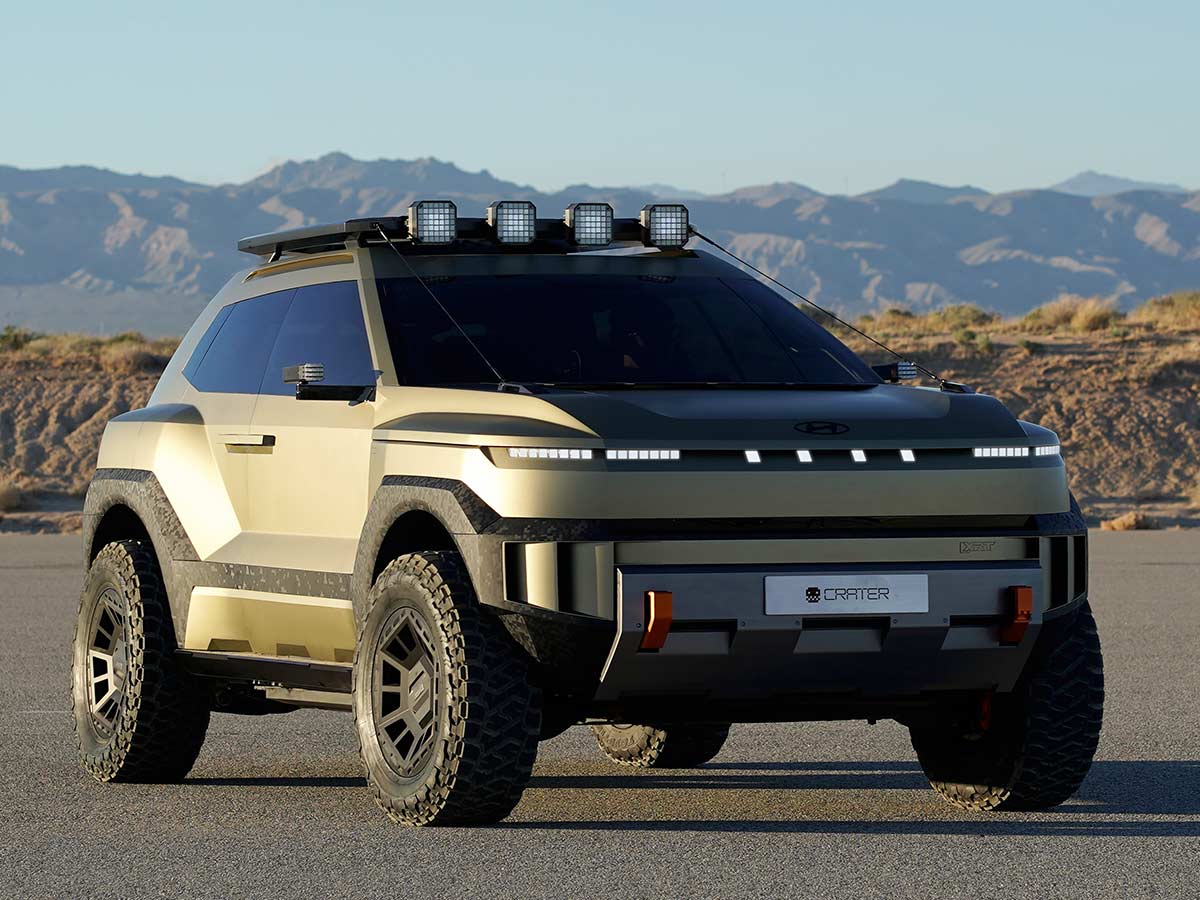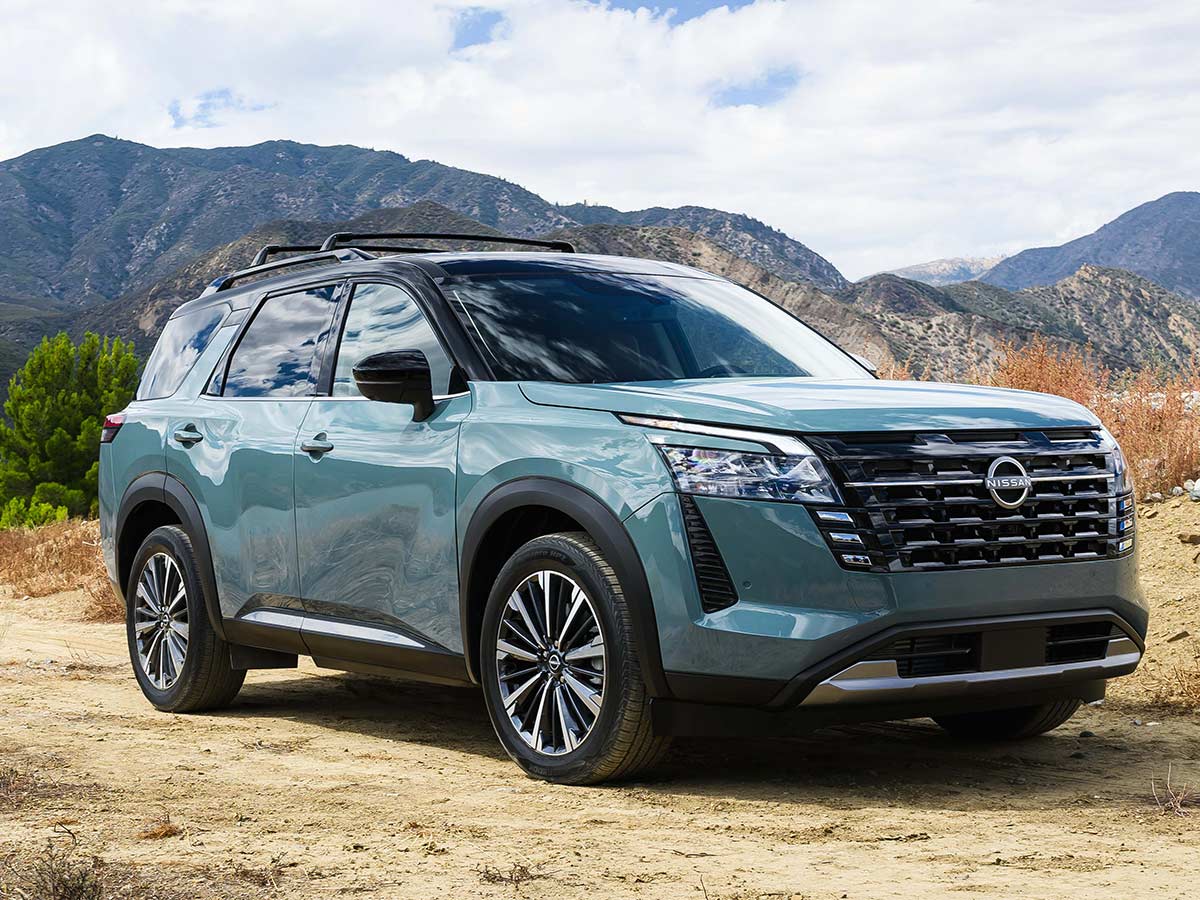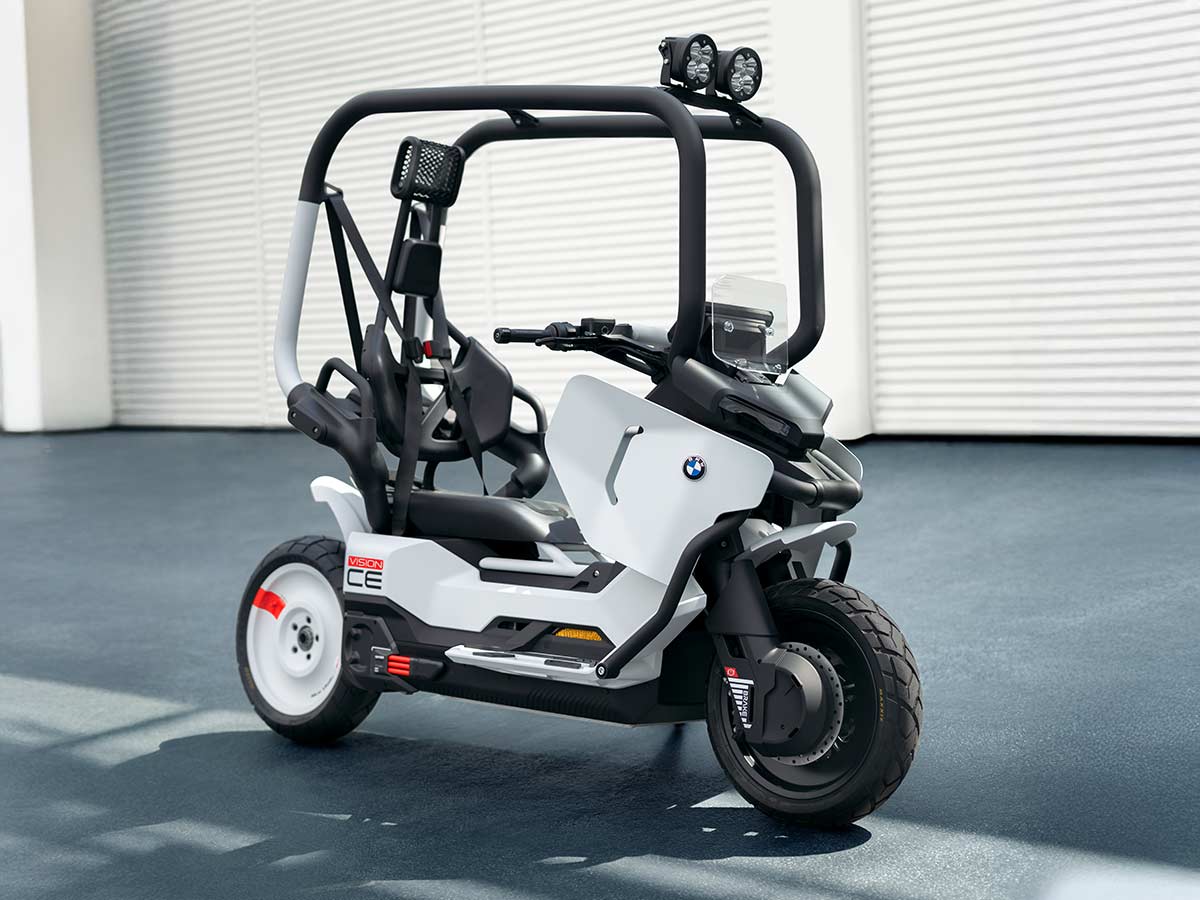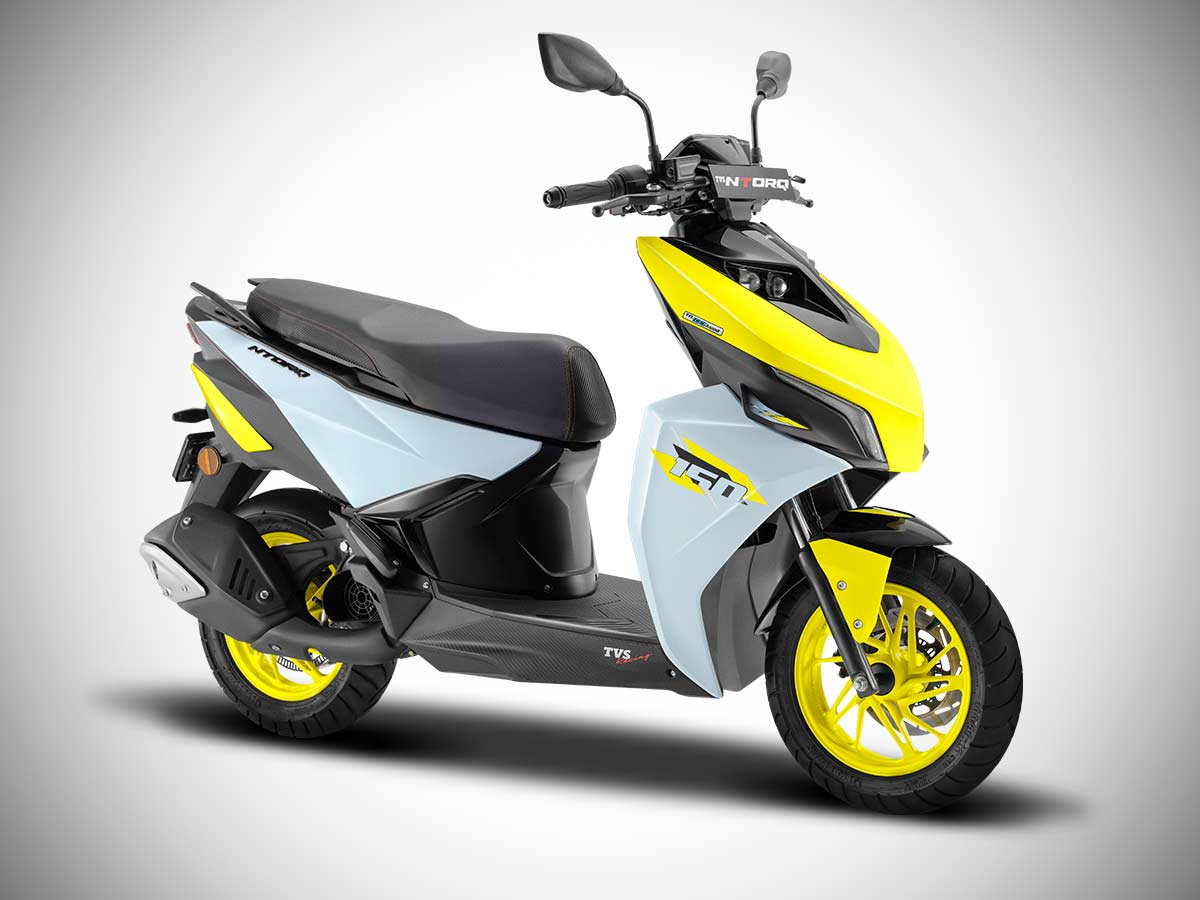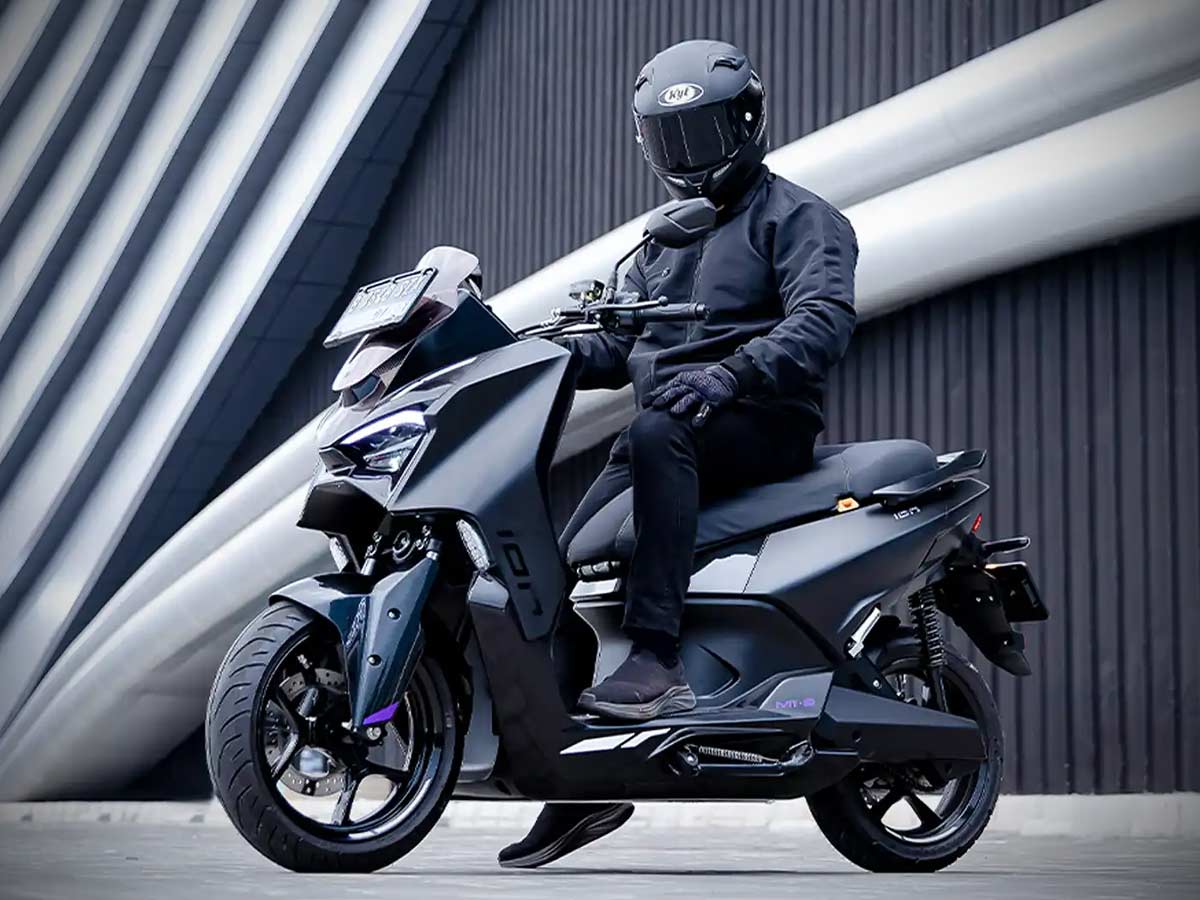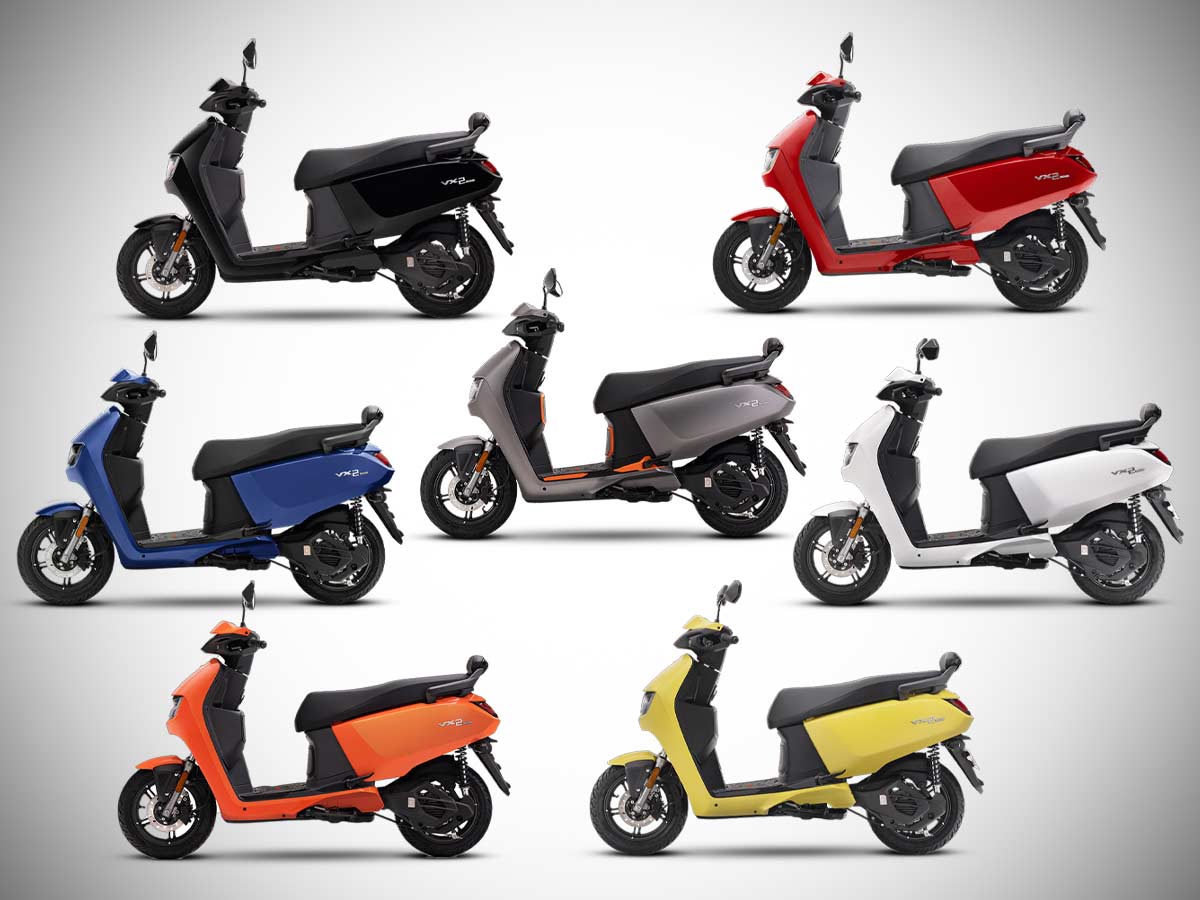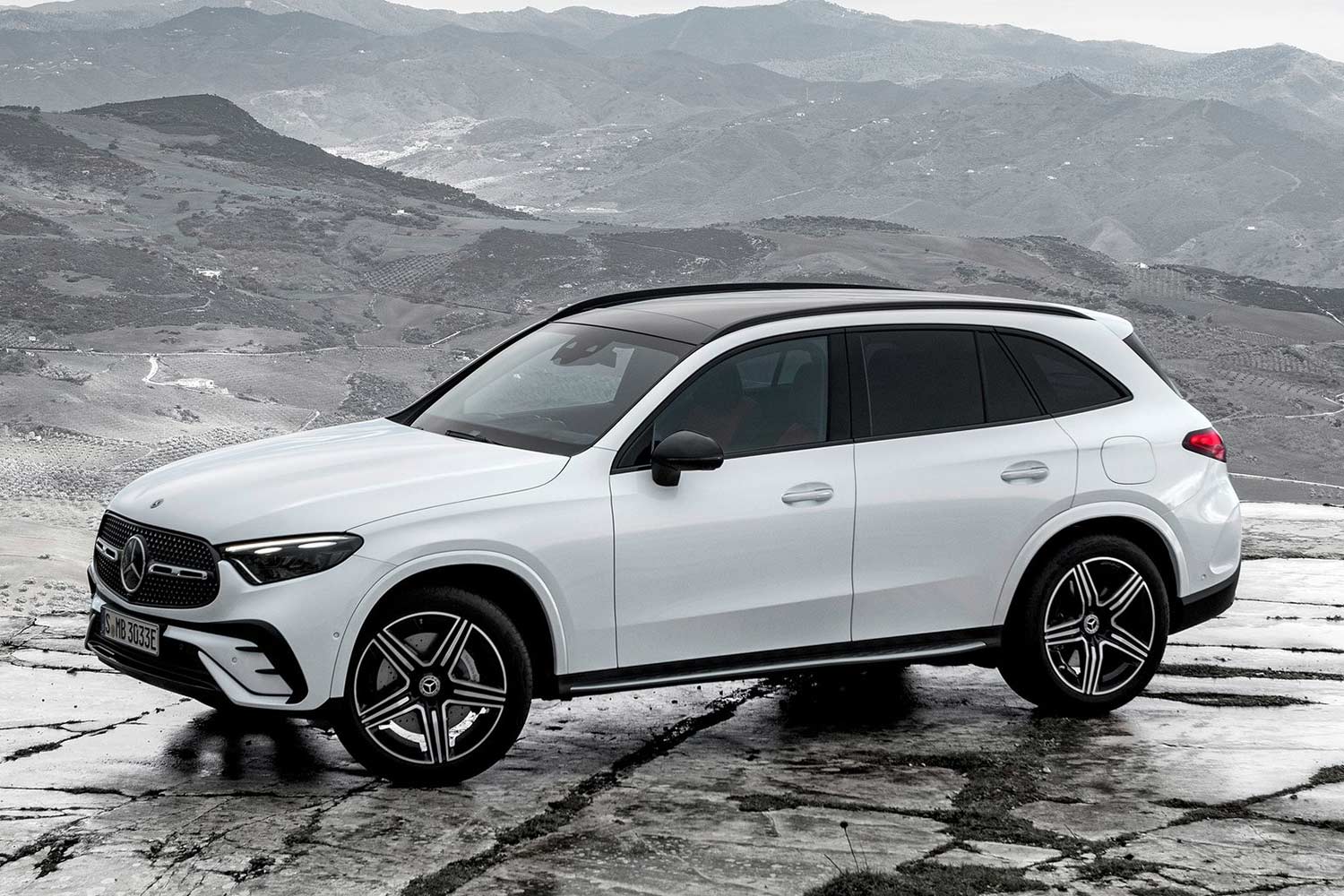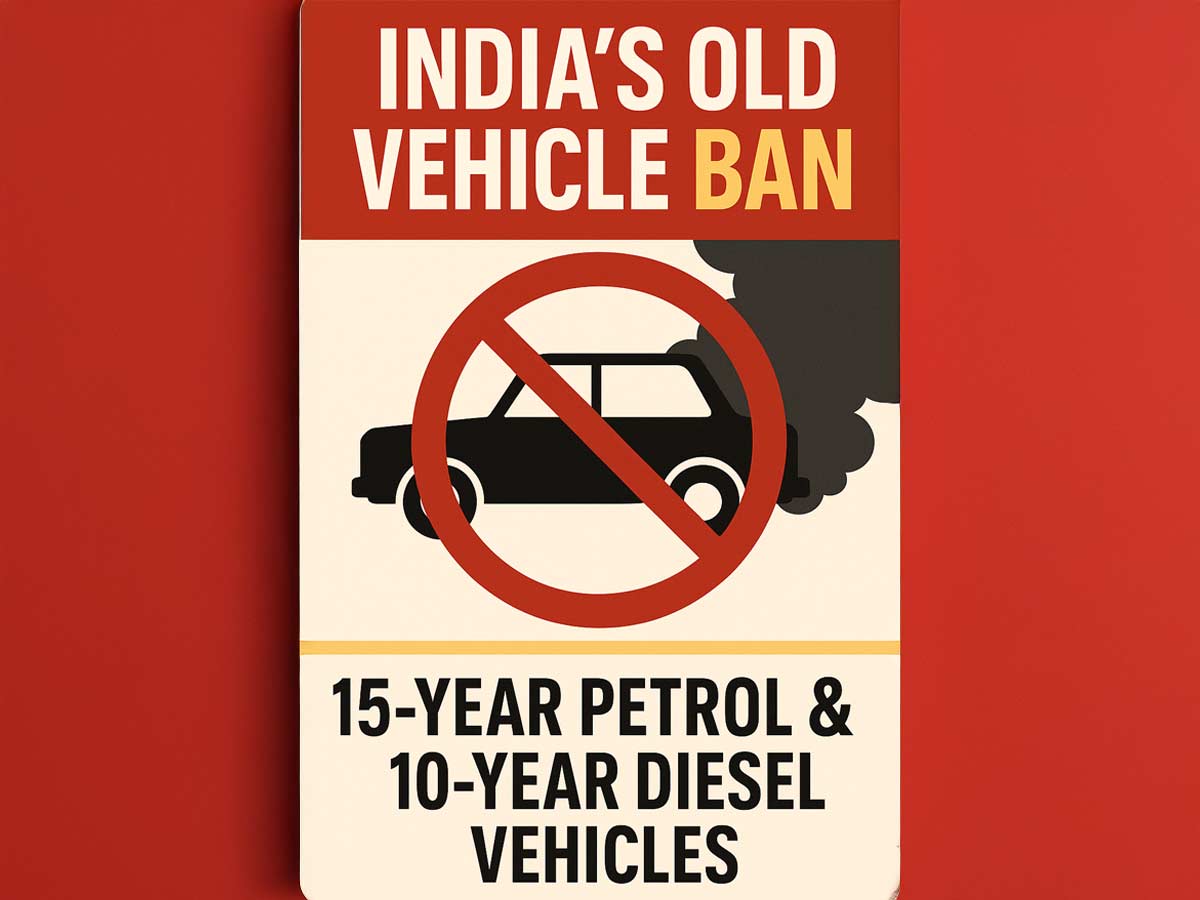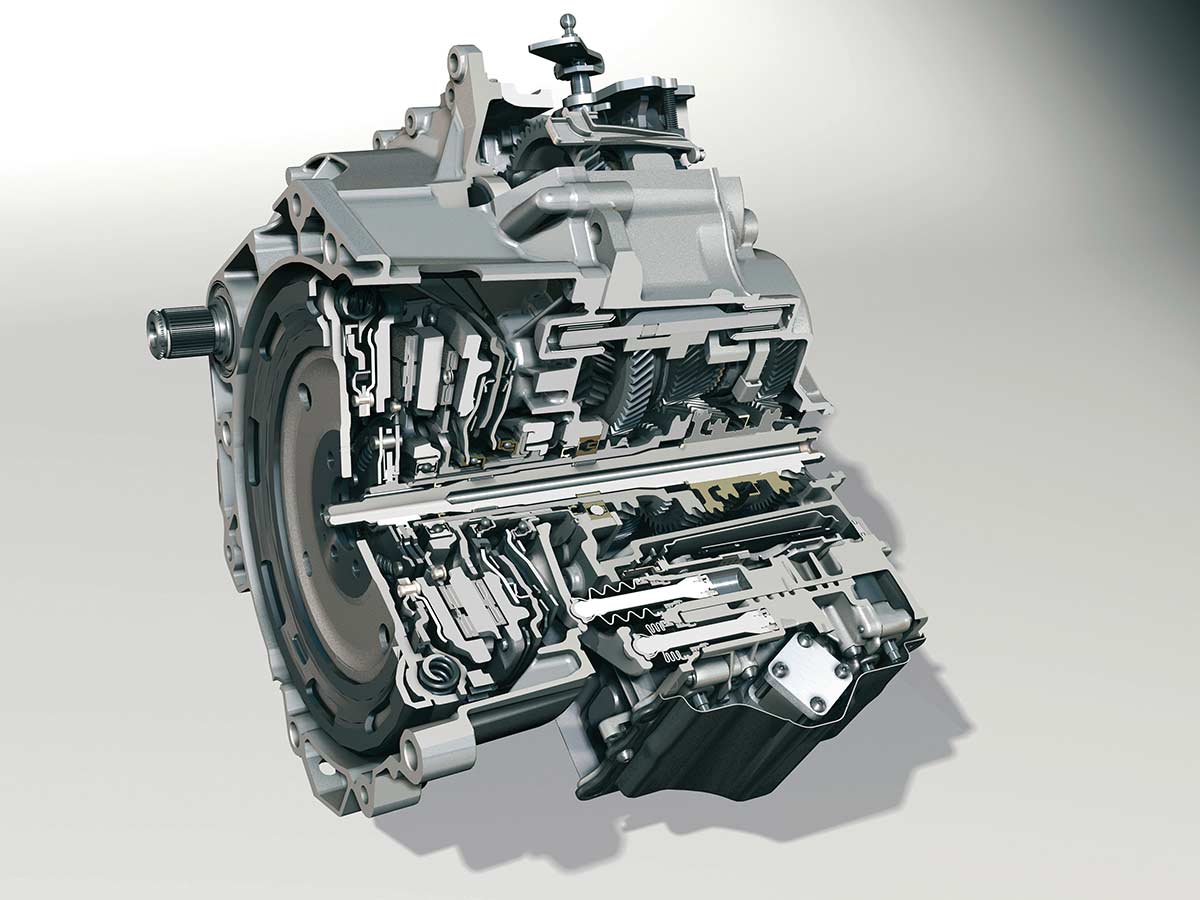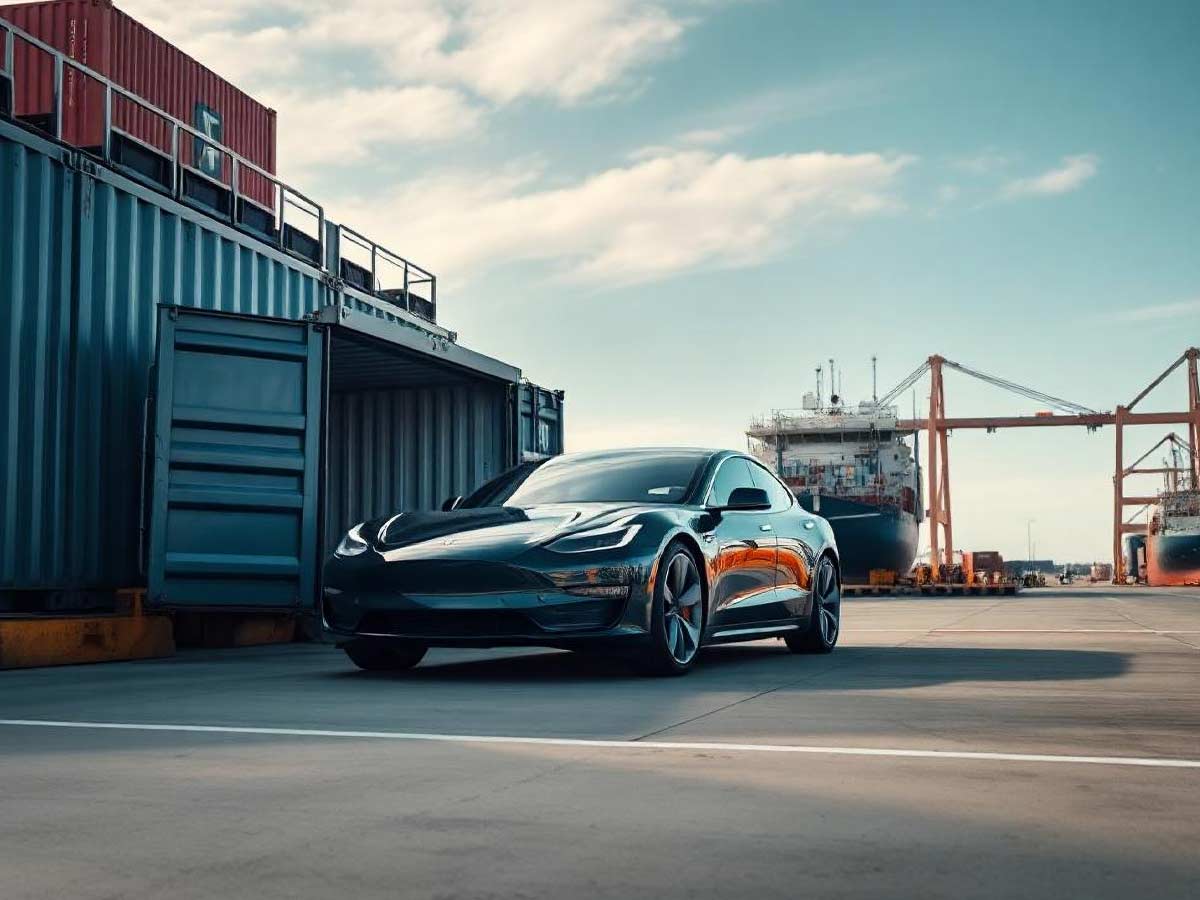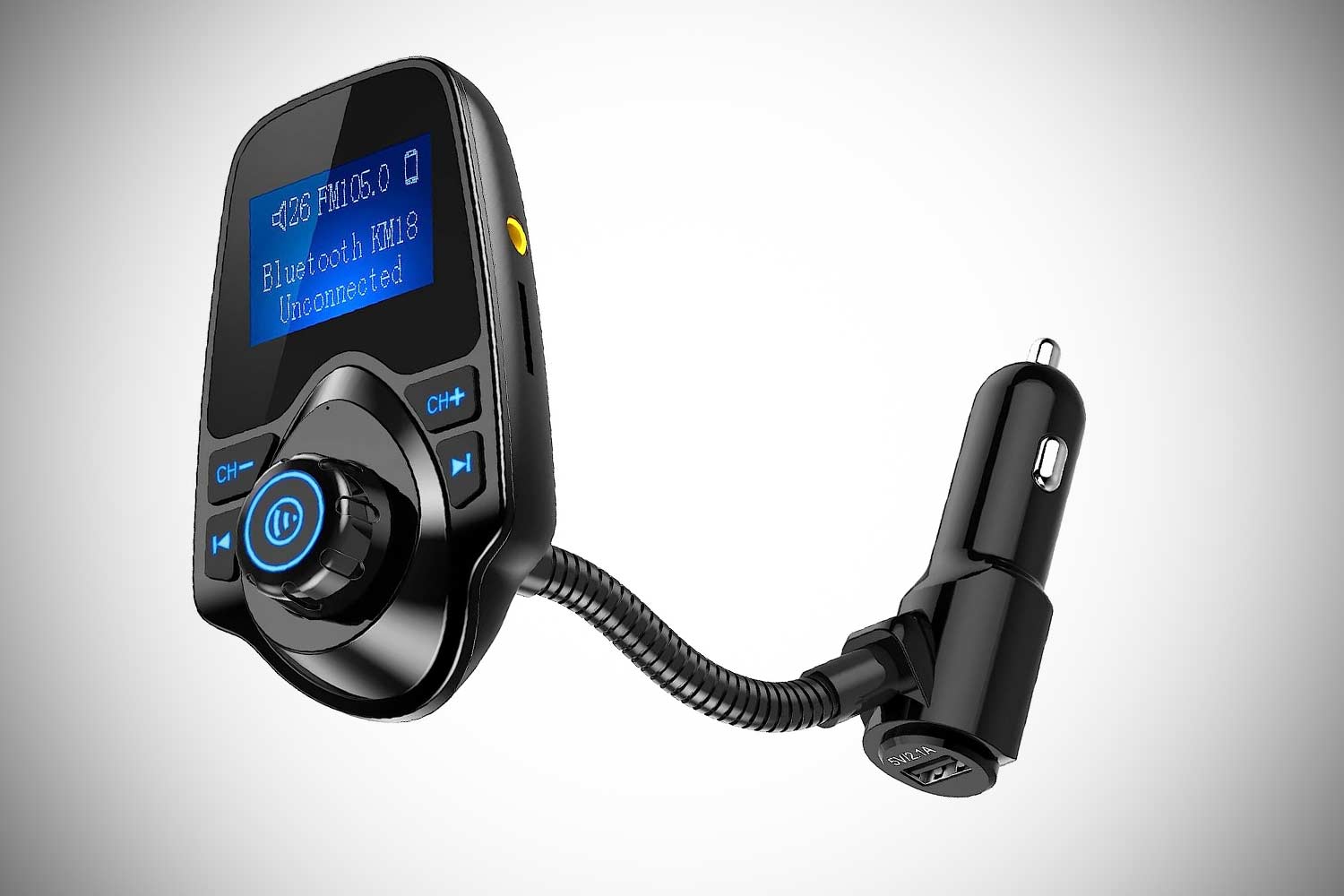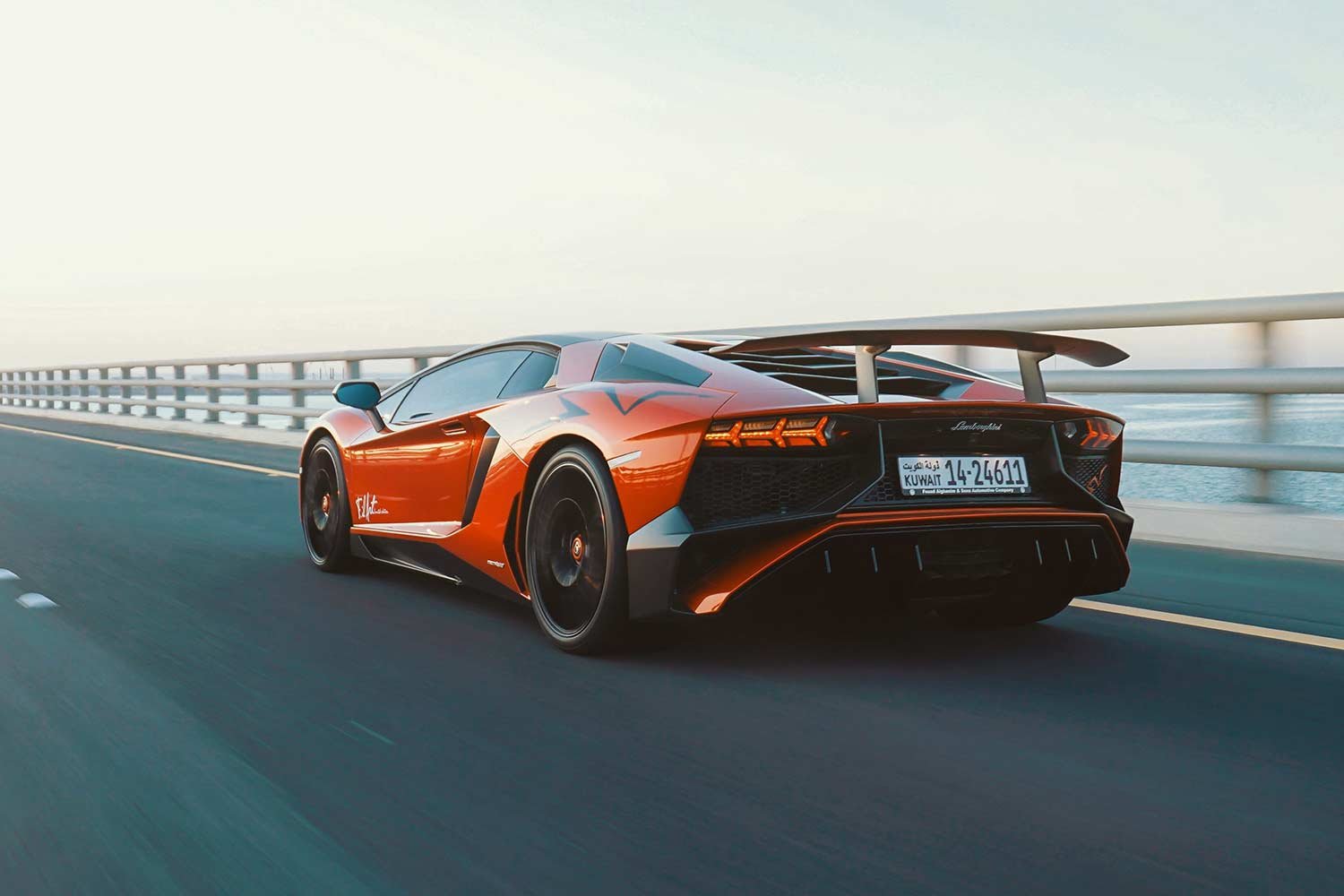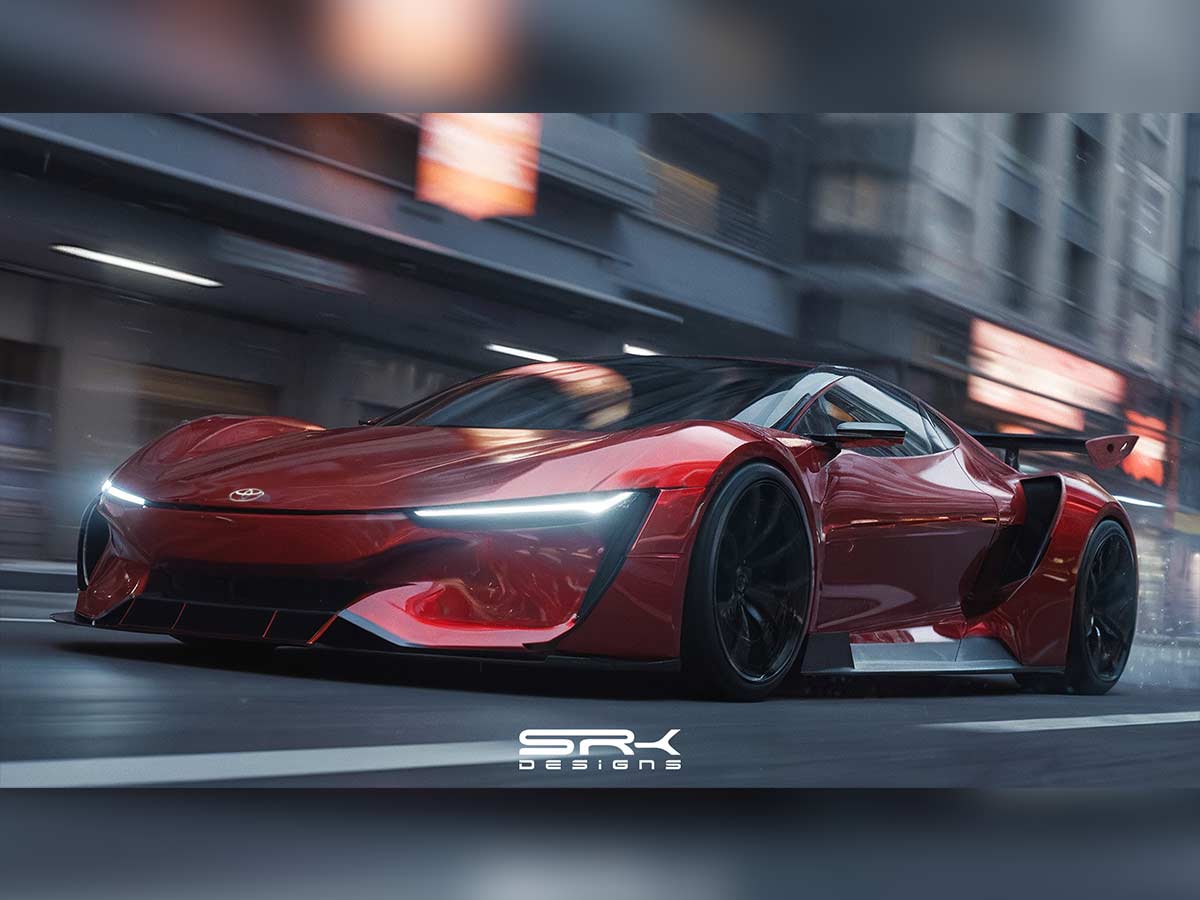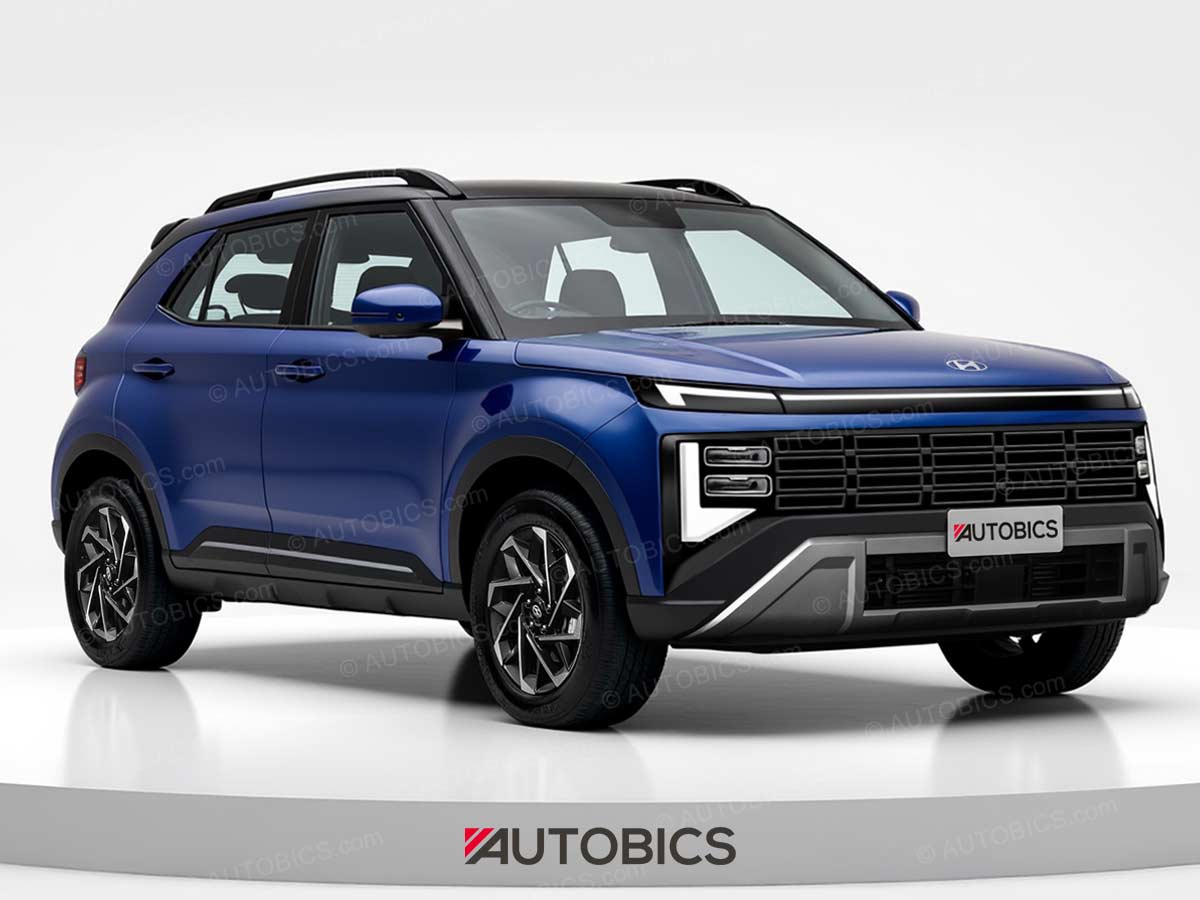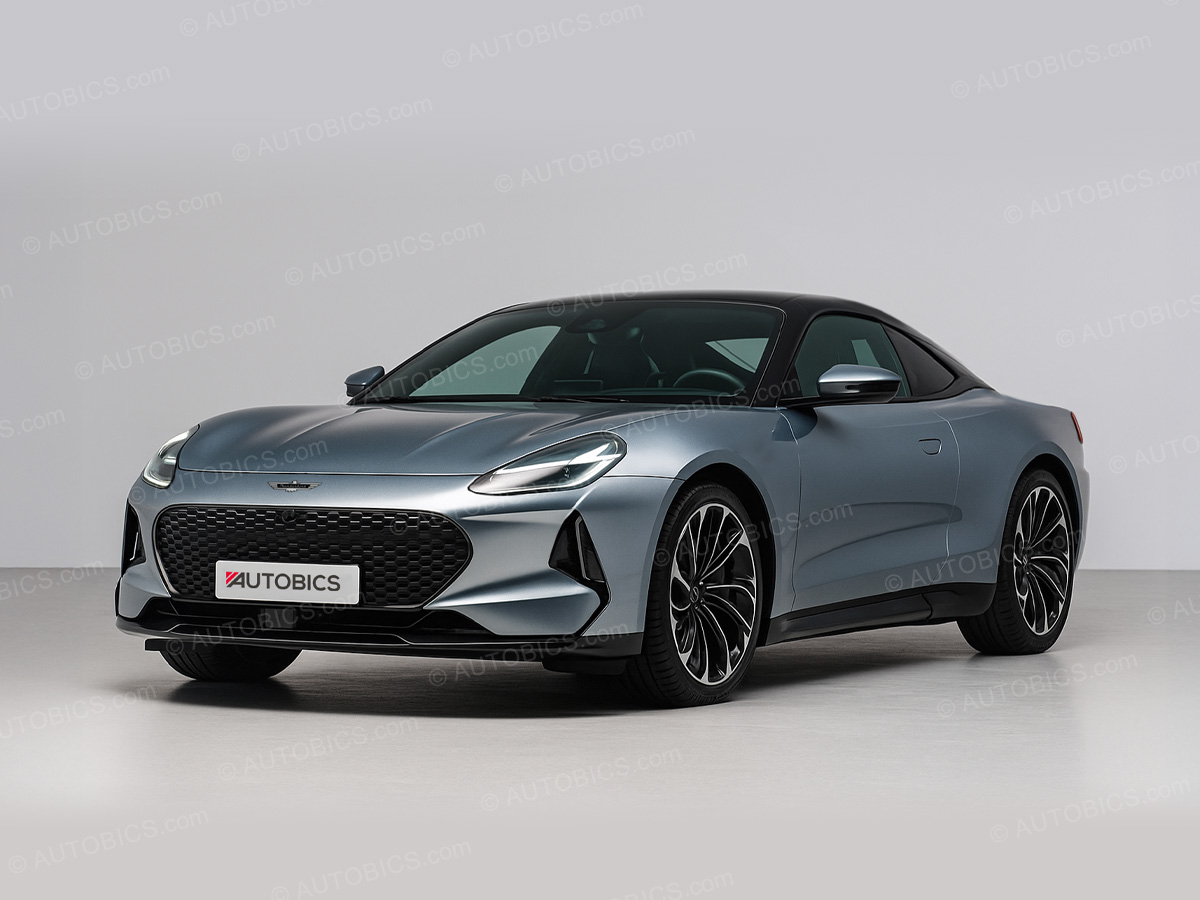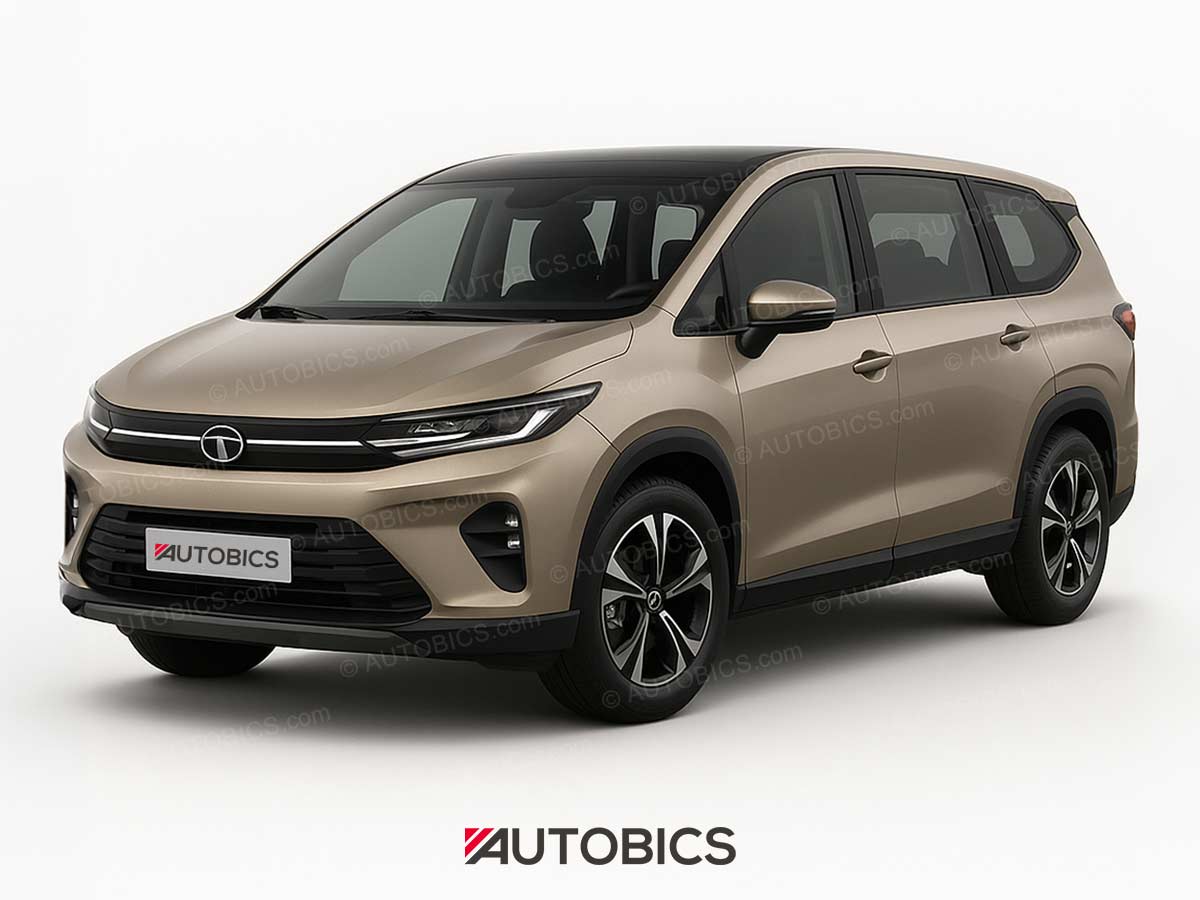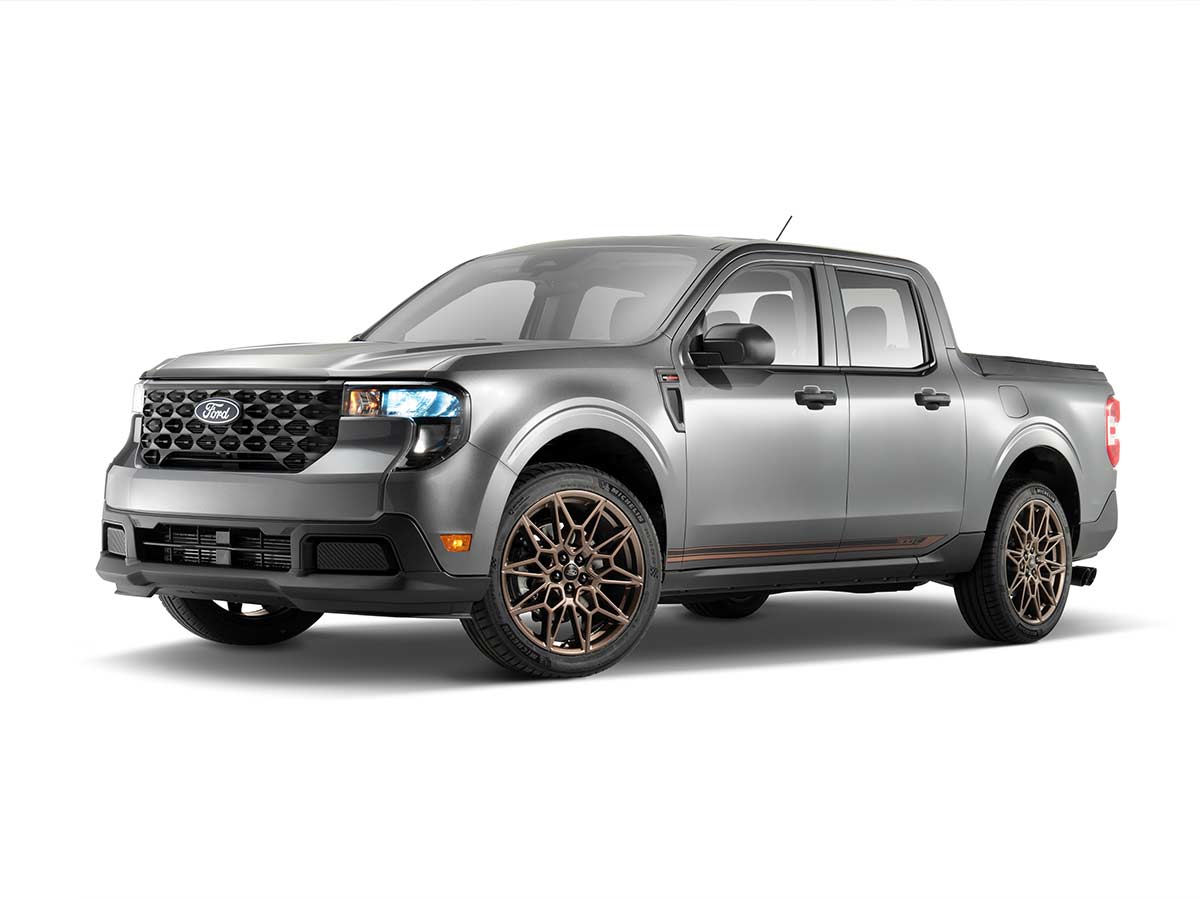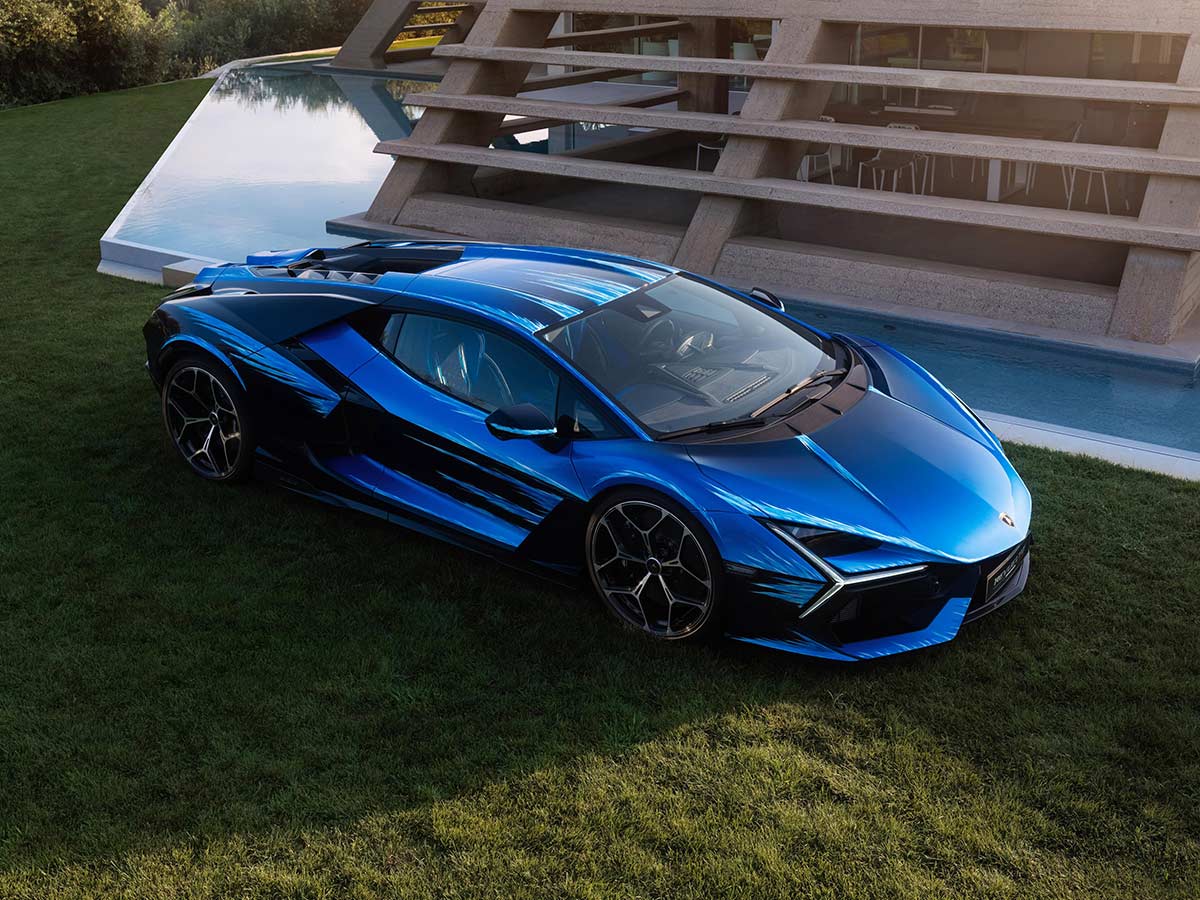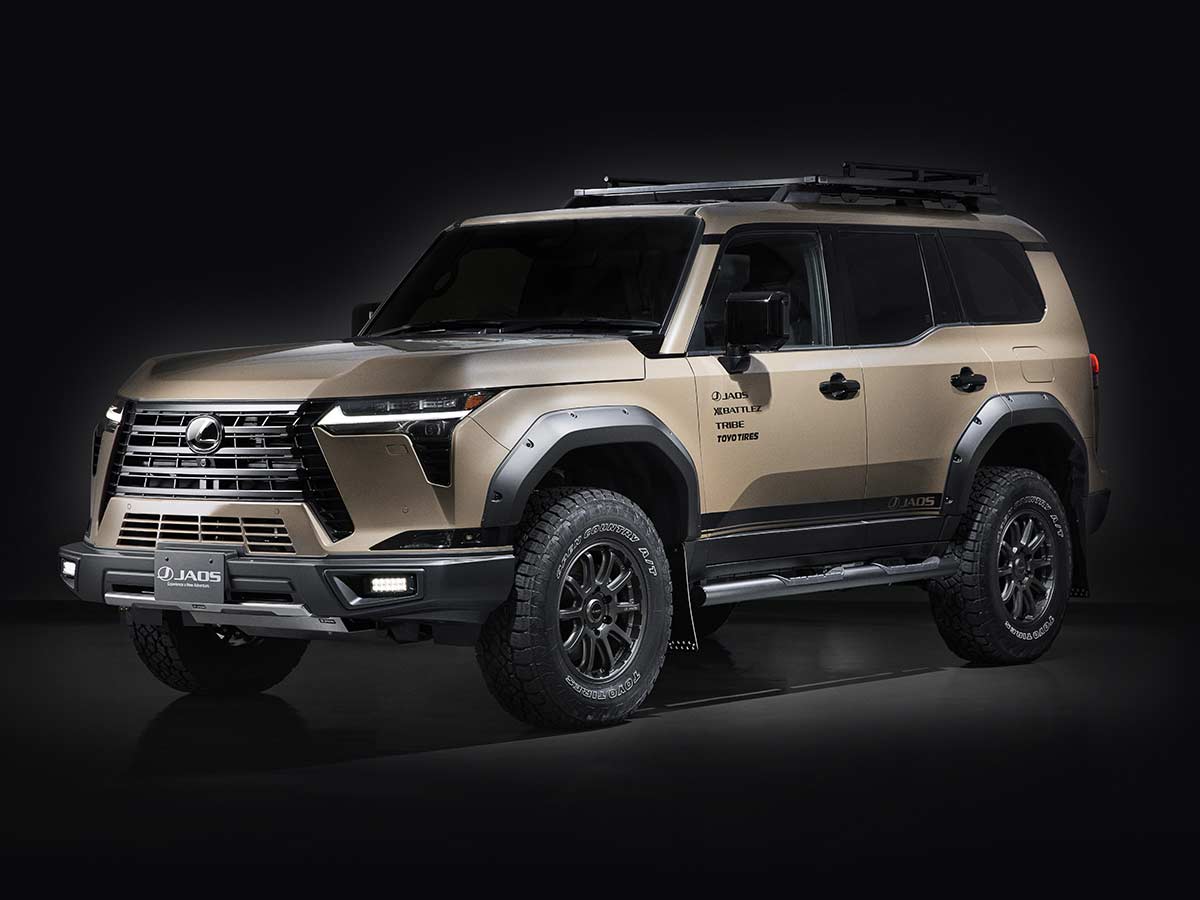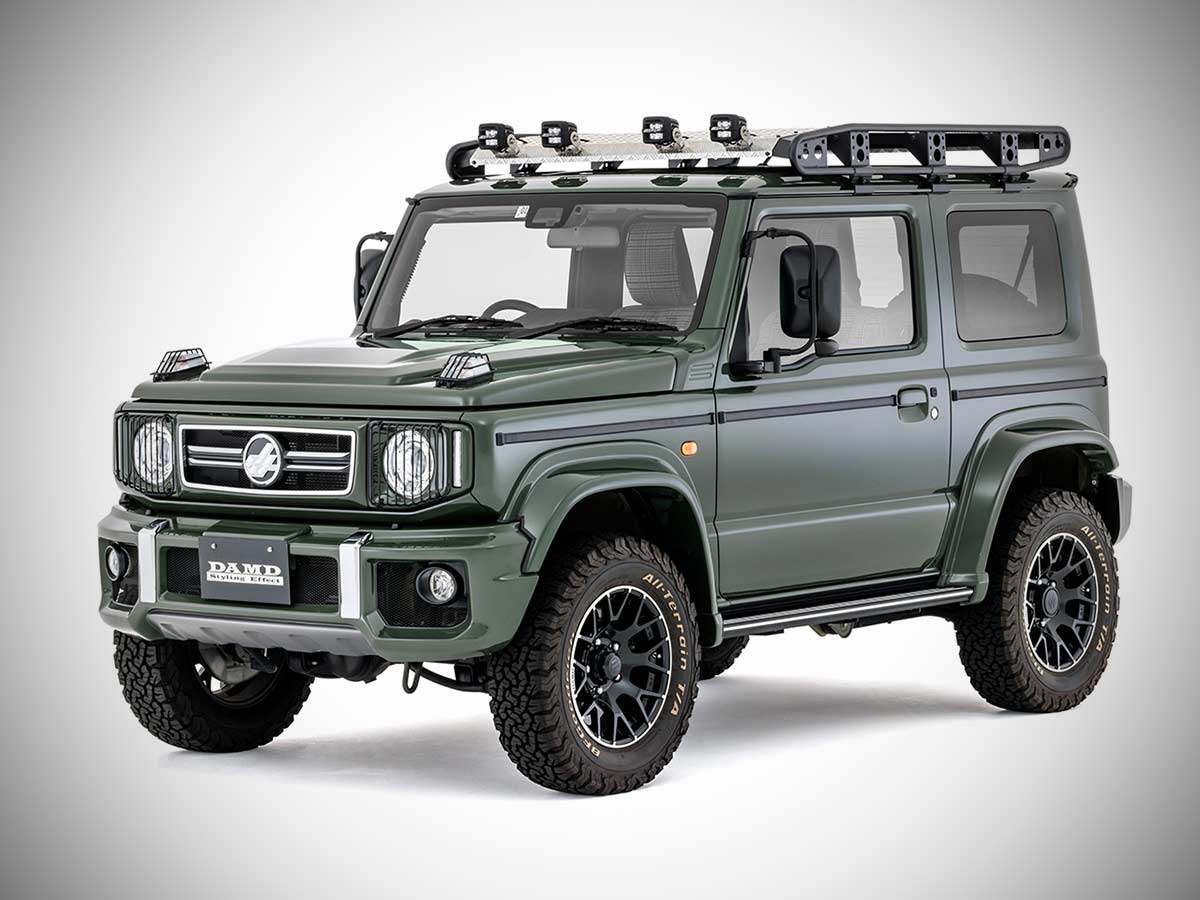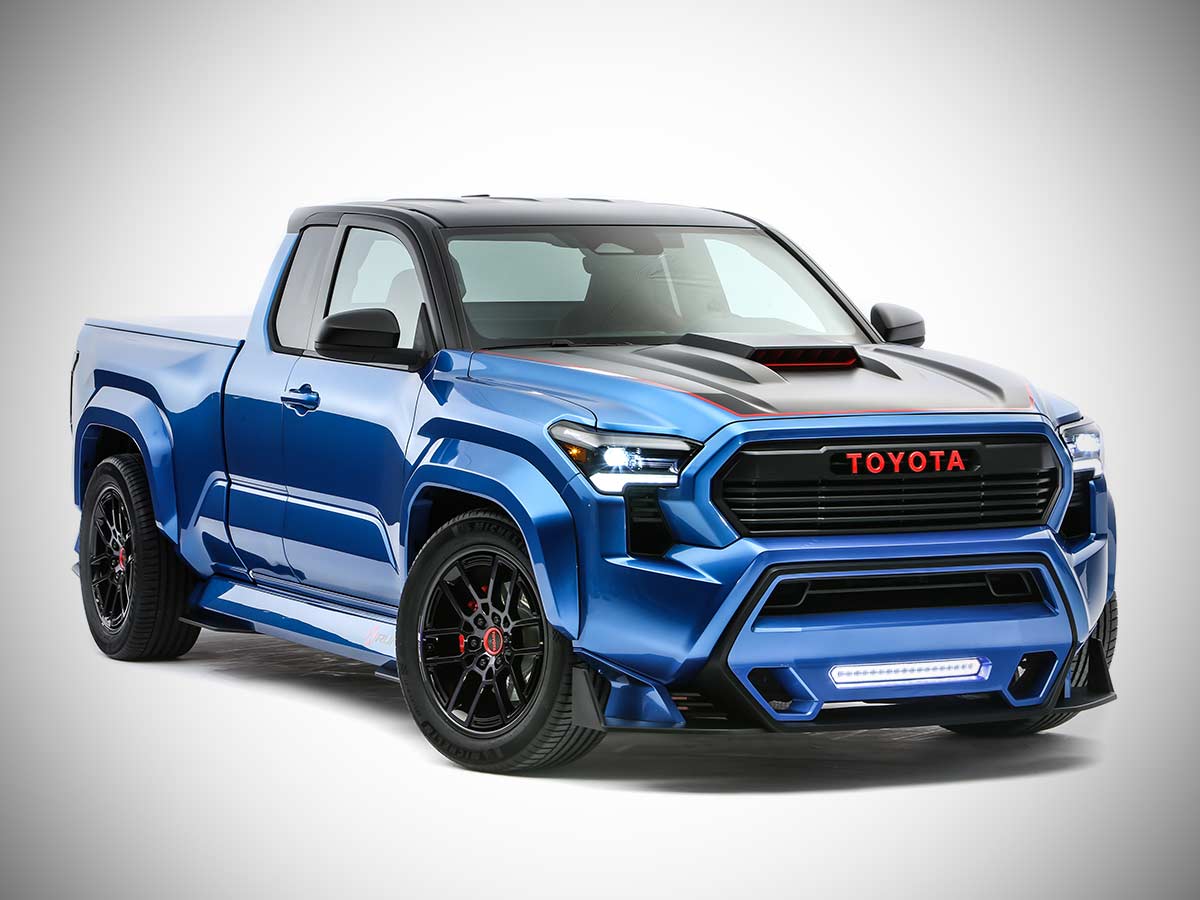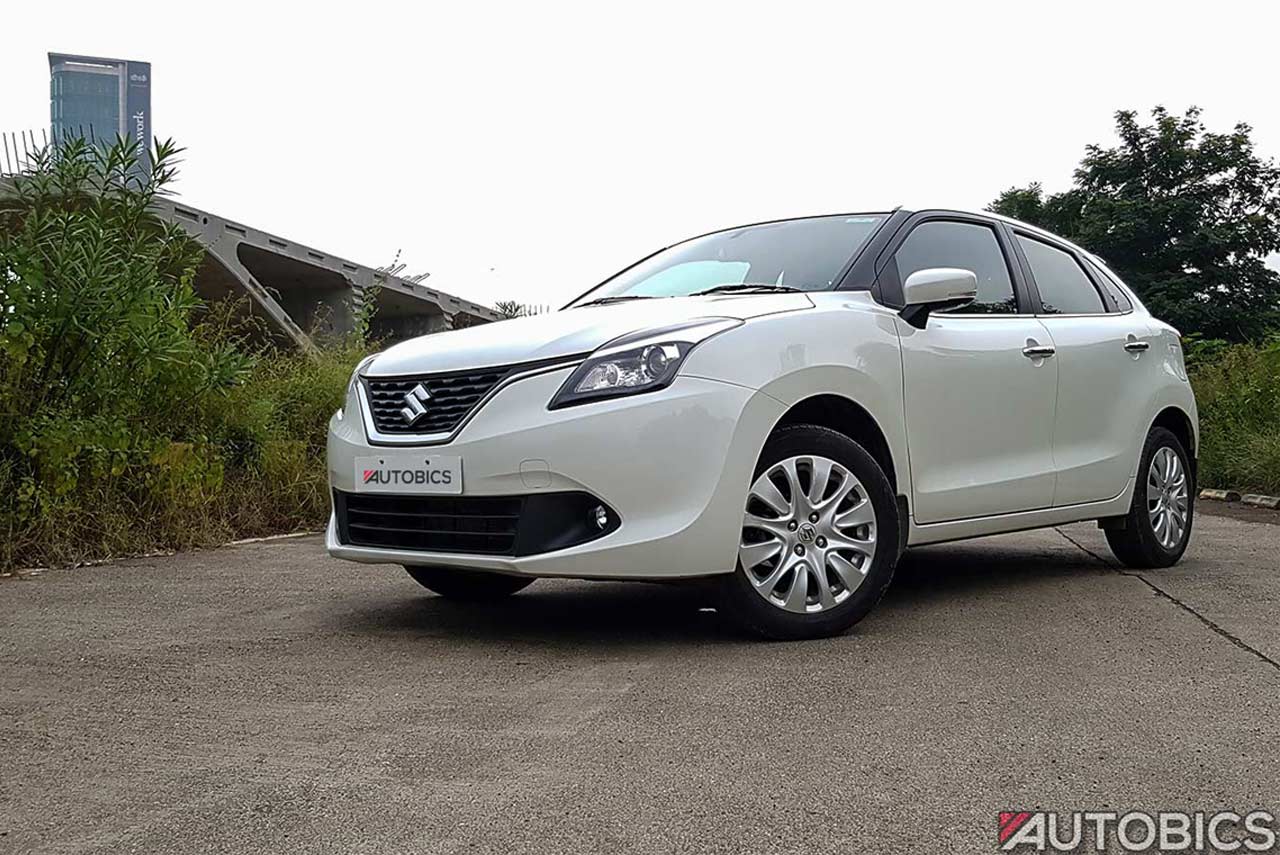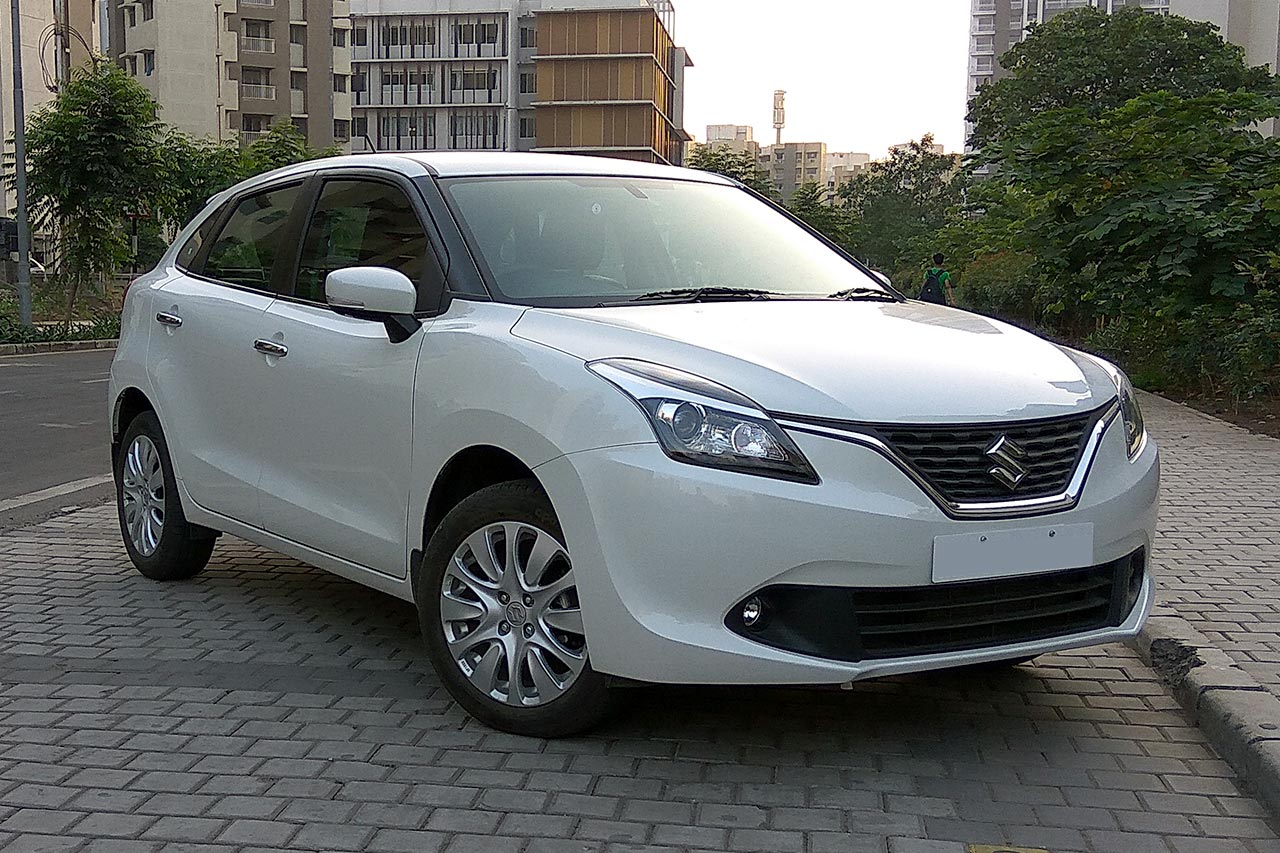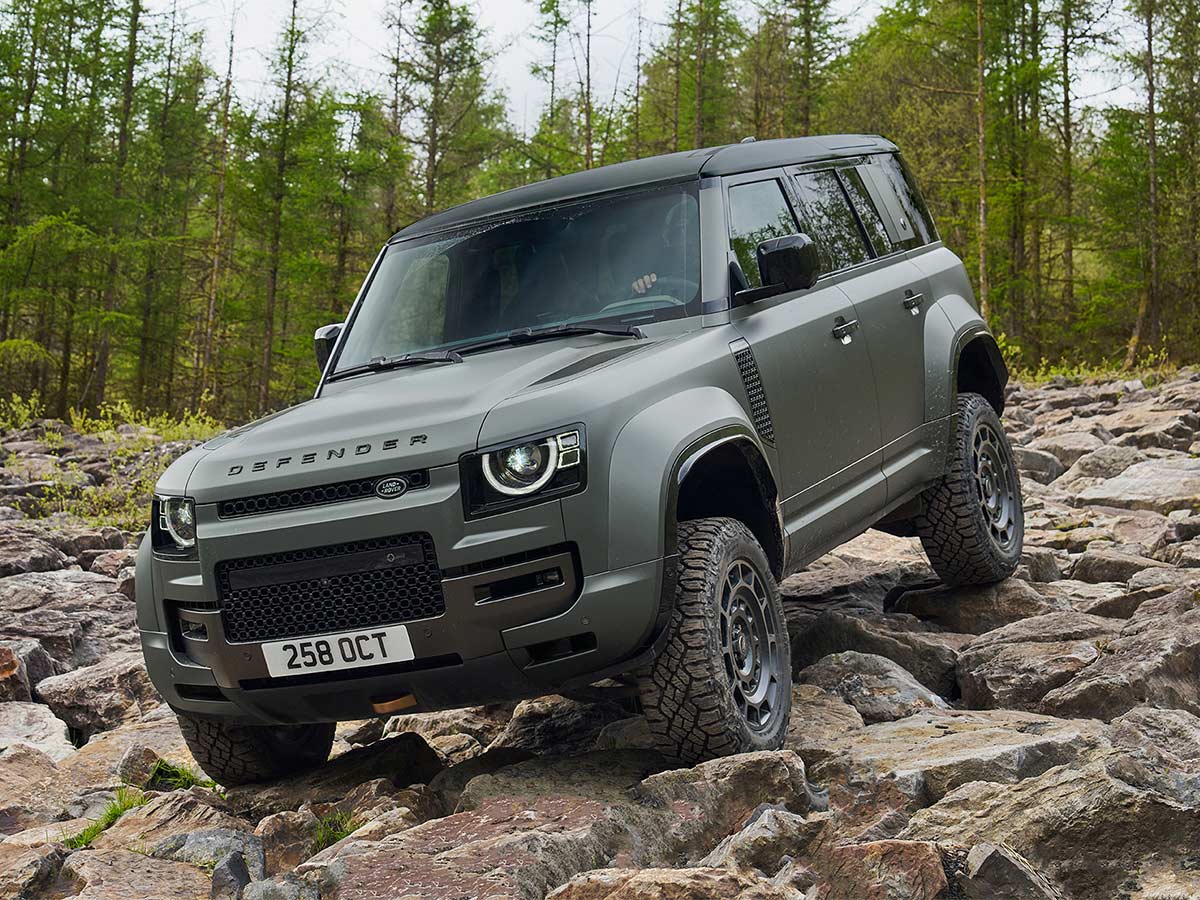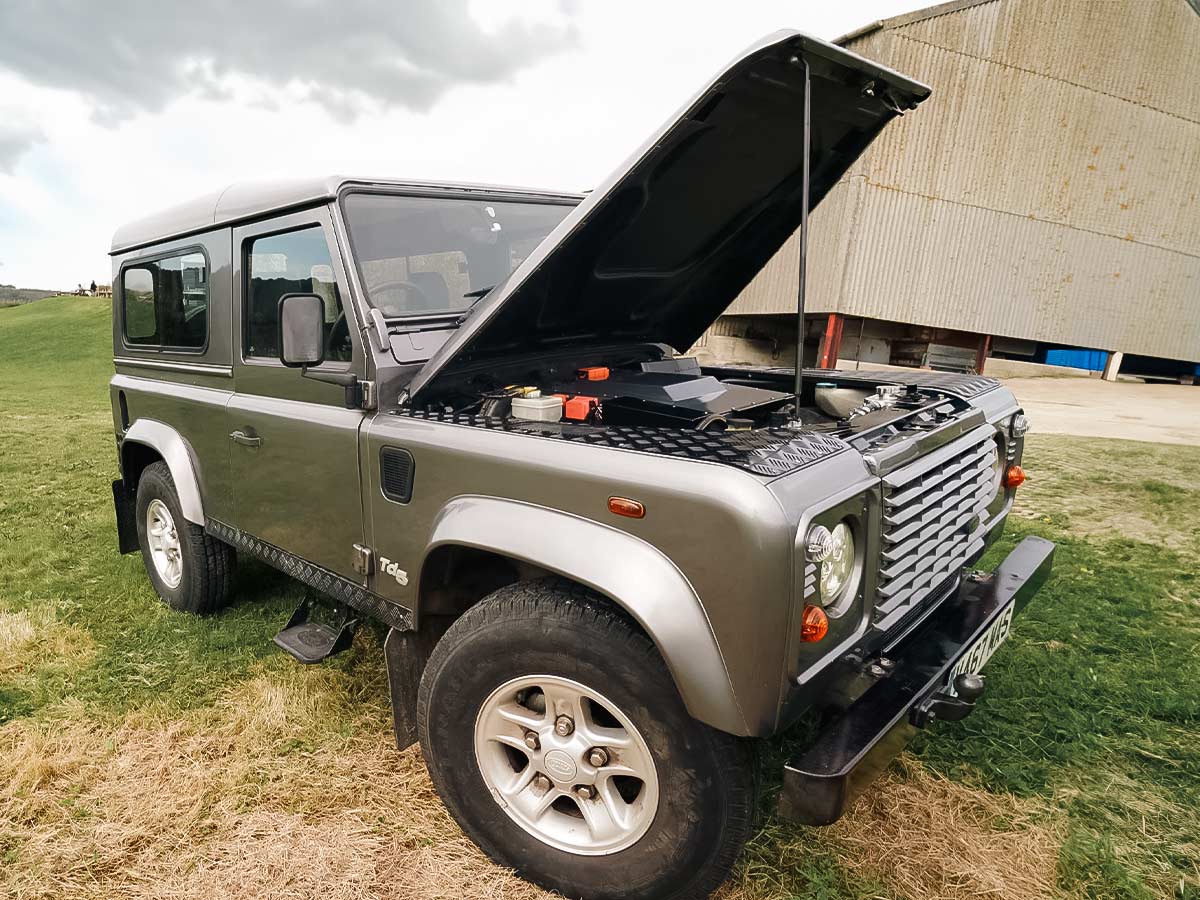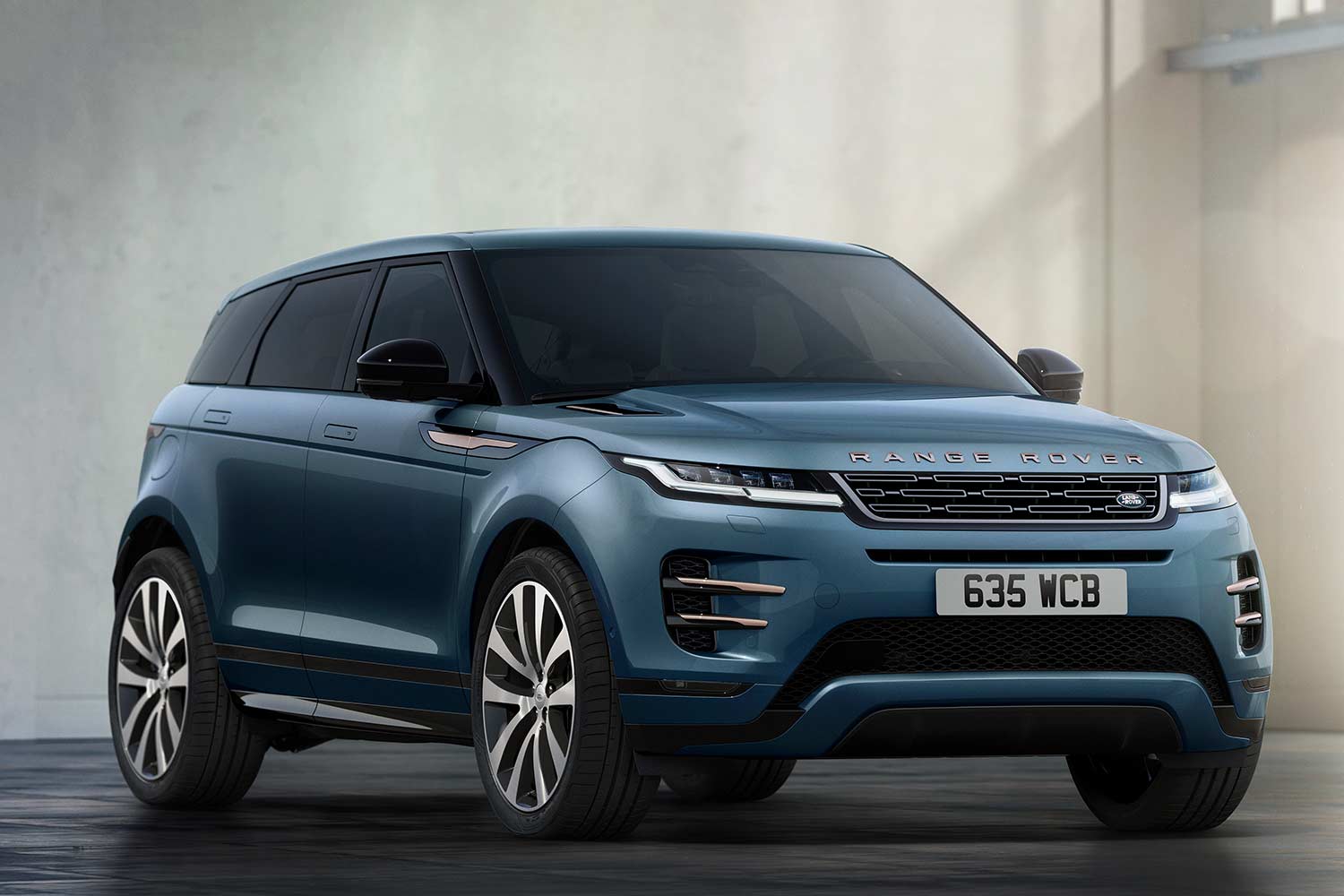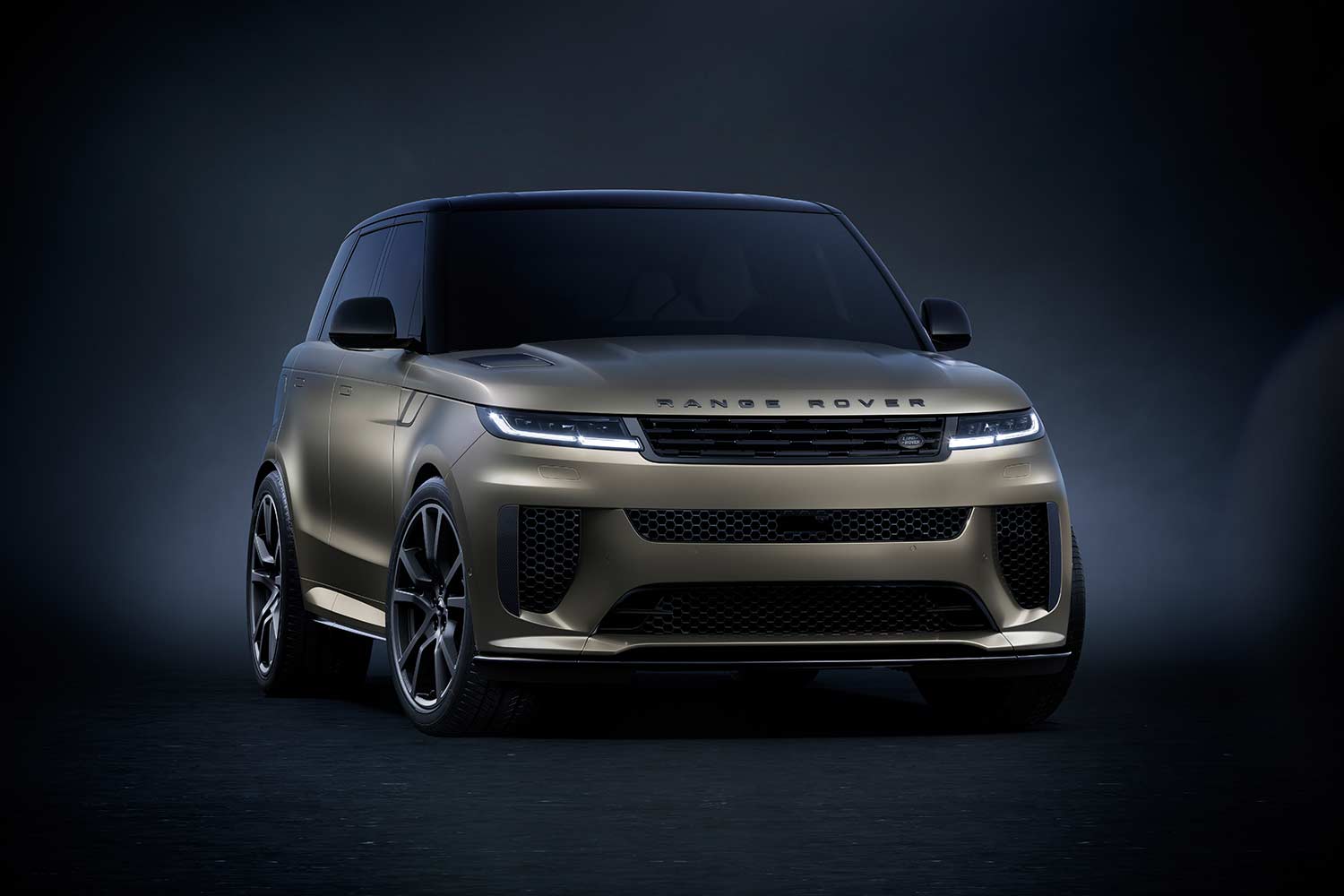Land Rover is ready to enter a new era of silent, zero-emission luxury with the imminent arrival of the Range Rover Electric. After an exhaustive global testing program, from the frozen lakes of the Arctic Circle to the searing deserts of the Middle East, the all-electric behemoth is on track to be the quietest and most refined Range Rover ever created. The first prototype vehicles are pushing the boundaries of electric propulsion, promising to uphold the brand’s unparalleled legacy of all-terrain capability, now with a sustainable heart.
JLR (Jaguar Land Rover) is leaving no stone unturned, subjecting its first-ever all-electric Range Rover to the most rigorous testing regimen in the company’s history to ensure it delivers on its promises.
>>> Great Discounts on Car & Bike Accessories <<<
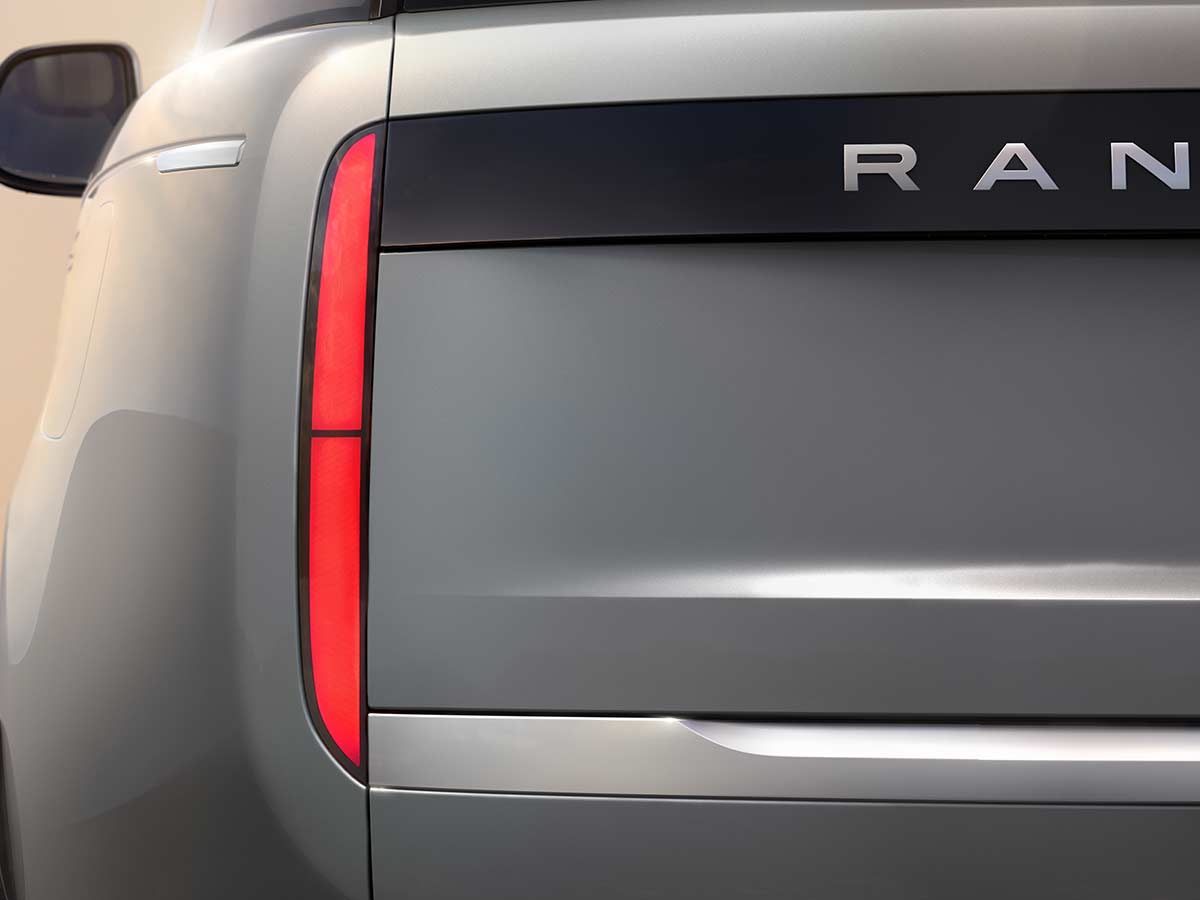
Extreme Weather Testing: From Arctic Ice to Desert Sands
To guarantee its capability in any climate, the Range Rover Electric has been tested in the world’s most challenging environments. The all-electric drivetrain, featuring a battery and Electric Drive Unit (EDU) assembled in-house by JLR for the first time, has endured temperatures ranging from a bone-chilling -40°C in the Arctic to a blistering +50°C in the UAE.
Arctic Circle Supremacy:
In the extreme winter conditions of Arjeplog, Sweden, the prototypes completed a second successful season of testing, accumulating up to 45,000 miles on frozen lakes and land tracks. This phase was crucial for validating the vehicle’s advanced thermal management system and its on-ice dynamics.
Key to its cold-weather performance is the new ThermAssist technology. This advanced system is engineered to reduce heating energy consumption by up to 40% and recover heat to warm the cabin or propulsion system in temperatures as low as -10°C, thereby optimizing driving range and preserving charging capability even in the coldest climates.
Desert Endurance:
In the merciless 50°C heat and up to 90% humidity of the United Arab Emirates, the Range Rover Electric’s thermal management system was put to the ultimate test. The vehicle demonstrated impressive efficiency, maintaining its thermal performance during prolonged desert driving and even outperforming its internal combustion engine (ICE) counterparts in some sand-driving scenarios. This resilience ensures that both cabin comfort and battery performance are optimized simultaneously, a significant challenge for any battery electric vehicle.
A testament to its capability is the successful completion of the “Big Red” challenge in Sharjah’s Al Badayer desert—a formidable 300ft natural sand dune. The Range Rover Electric ascended the dune five times consecutively without any drop in performance, a feat required of all Range Rover vehicles before proceeding to the next testing stage.
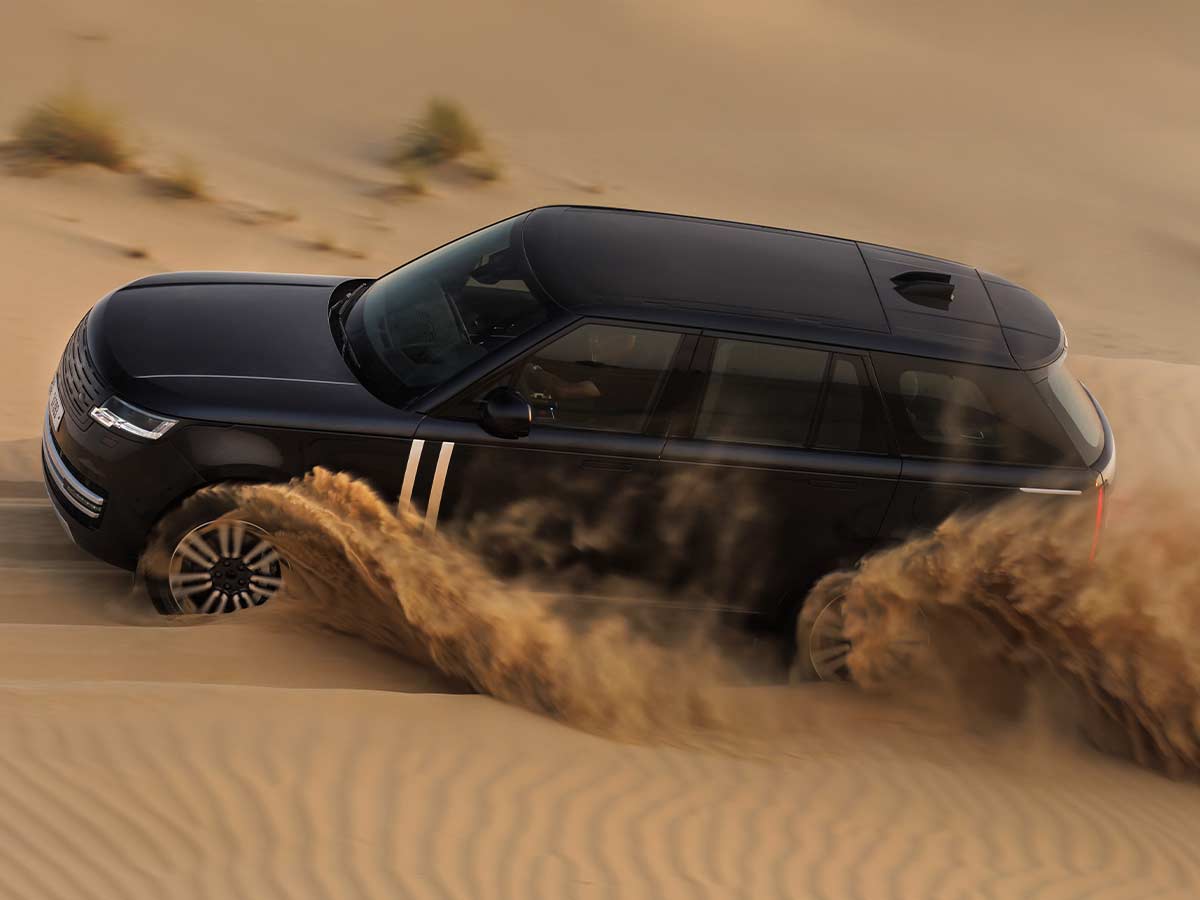
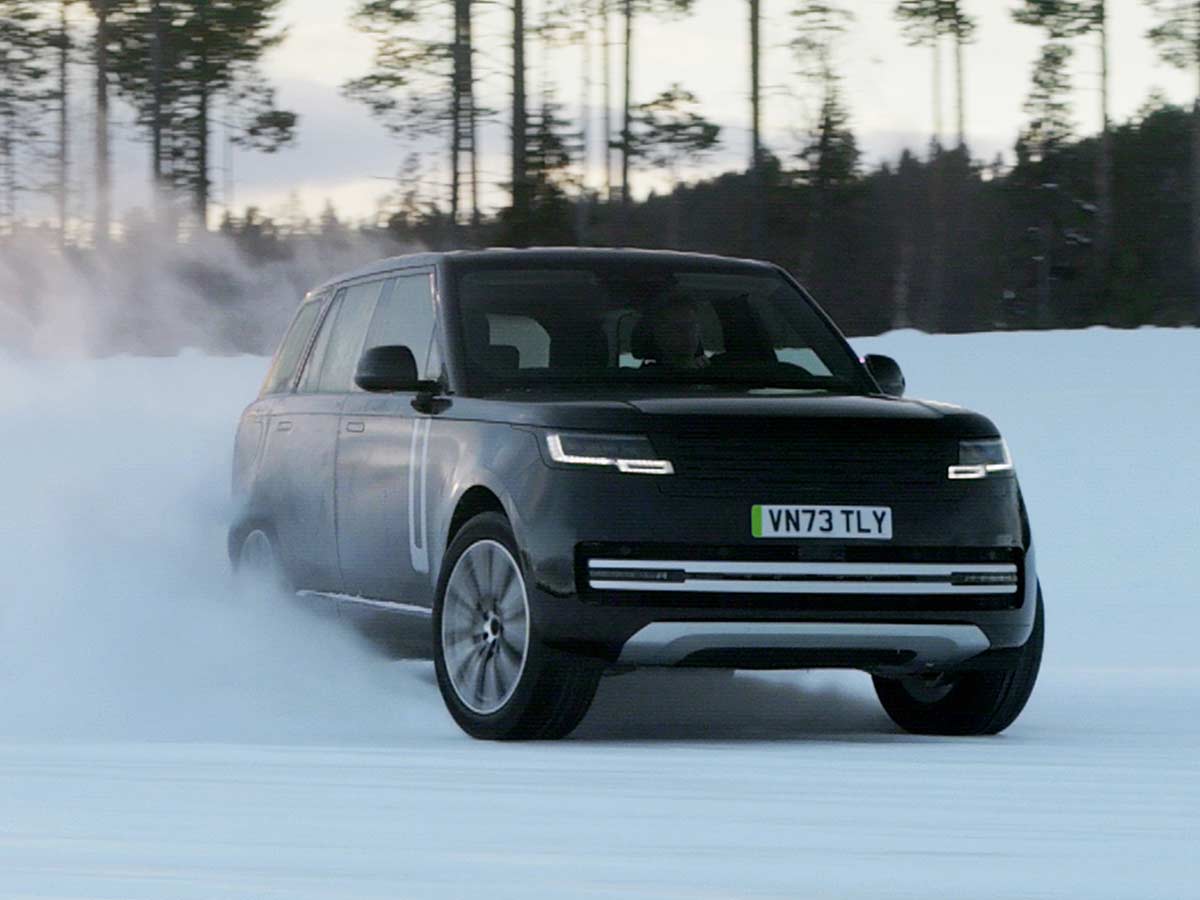
Groundbreaking Technology for Unmatched Capability
The Range Rover Electric isn’t just about electrification; it’s about leveraging technology to enhance the brand’s core tenets of luxury, refinement, and go-anywhere capability.
Revolutionary Traction Control:
A standout innovation is a new Intelligent Torque Management system. Unlike traditional traction control systems based in the ABS unit, the Range Rover Electric distributes wheel slip management directly to each individual electric drive control unit. This drastically reduces the torque reaction time at each wheel from around 100 milliseconds to an incredible 1 millisecond. This JLR-developed software allows for precise control of wheel slip, maximizing traction on all surfaces, from icy lakes to fine sand, and significantly enhancing the drive with composed refinement.
Advanced Drivetrain and Suspension:
The vehicle’s all-wheel-drive technology, with its Intelligent Driveline Dynamics (IDD), can distribute rear torque from 100% to 0% to prevent traction loss. This system works in concert with Integrated Traction Management to control motor speed within 50 milliseconds, managing slip up to 100 times faster than an equivalent ICE vehicle.
Further refining the ride is a switchable, twin-chamber air suspension specifically developed to manage the unique weight distribution of an electric vehicle, ensuring the authentic Range Rover composure is maintained across all conditions. Torsional stiffness is up and responses are crisper, which keeps the ride plush while removing the float. In other words, it still feels like a Range Rover – just quieter.
The Pinnacle of Refined Driving
The Range Rover Electric aims to deliver an effortlessly smooth and relaxed journey, underscored by near-silent electric propulsion.
Intuitive Single Pedal Driving:
The vehicle takes single-pedal driving to an advanced level. This system not only slows the vehicle and regenerates battery charge but is also tuned to work with the Terrain Response system. It can bring the vehicle to a complete stop and engage Hill Hold, even on steep inclines, without the driver ever needing to touch the brake pedal. Engineers proved it works even on a 28-degree incline or a 17-degree split-mu ramp, where one side of the car has grip and the other is on sheer ice.
Power and Packaging:
At its core is a high-voltage 800V battery, designed and built in-house at JLR. The 117kWh battery uses cell-to-pack architecture with 344 prismatic cells in a double-stacked layout to optimize for energy density, range, and charging times. For the first time, both th`e battery and the electric drive units (EDUs) are being designed and assembled in-house by JLR. This tight integration of hardware and software is central to achieving refinement, durability, and instant response.
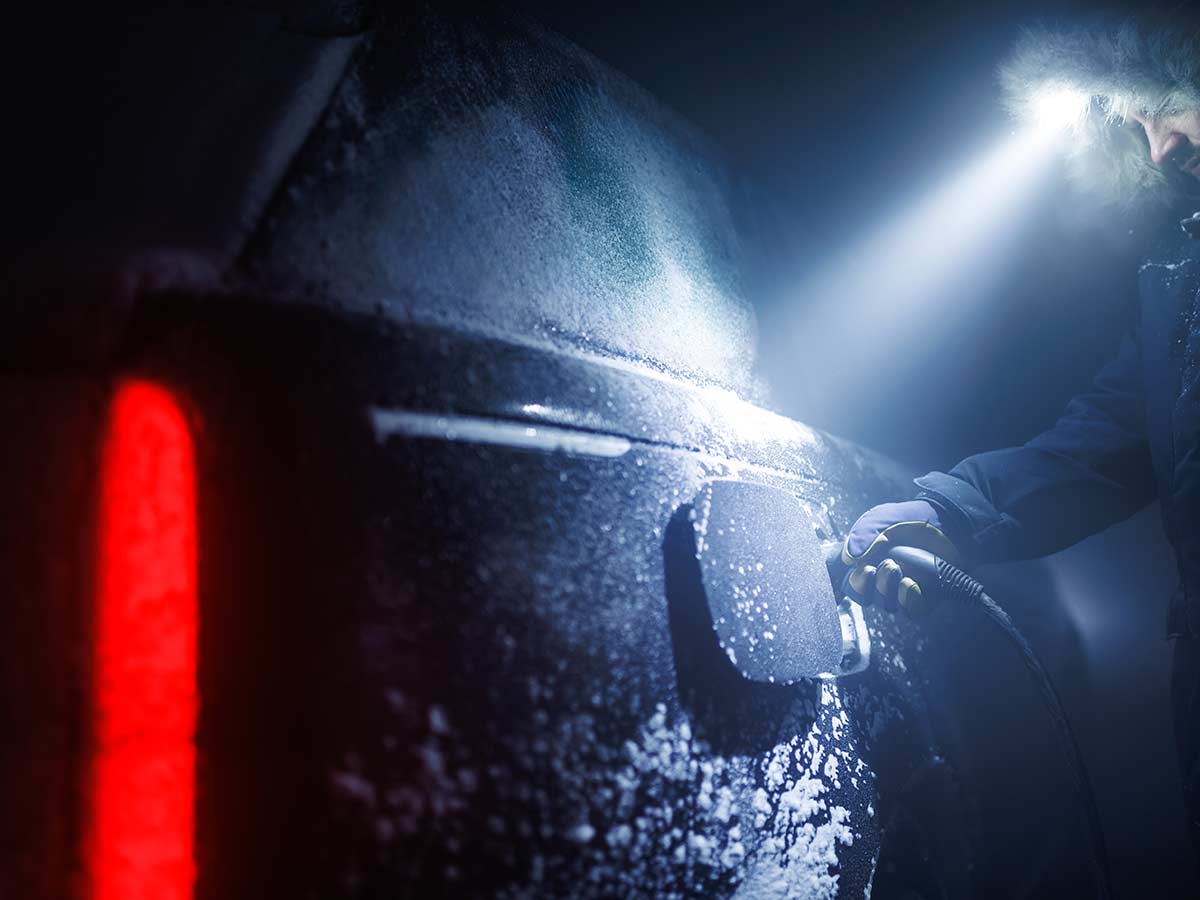
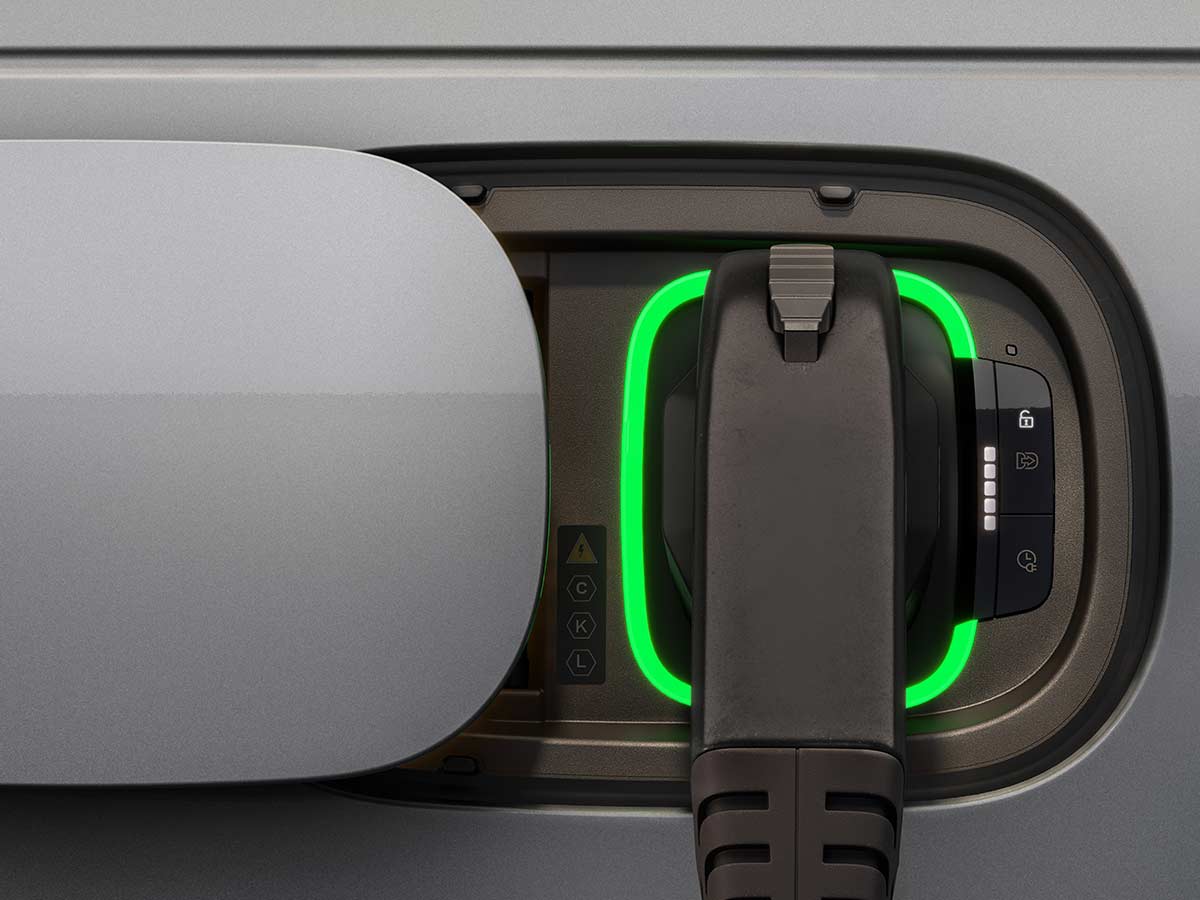
Why This EV Still Reads “Range Rover”
The Range Rover nameplate has spent 50+ years blending modernist design with go-anywhere engineering. Today the brand sells in 121 countries under JLR, alongside Defender, Discovery, and Jaguar, with Land Rover underpinning decades of off-road expertise. Every Range Rover is available as an electric hybrid now, with the fully electric flagship on the way. This EV program is about preserving that DNA – capability, refinement, and luxury – while making it near-silent and intuitive.
The Road Ahead
While the first images show uncamouflaged, all-black prototypes that stay true to the iconic Range Rover design language, the full reveal is yet to come. JLR has confirmed that client reservations for the Range Rover Electric will be welcomed in 2025, with the vehicle poised to lead the way for luxury electric travel. This extensive and extreme testing program ensures that when it arrives, the Range Rover Electric will be nothing short of the most capable and luxurious electric SUV in any climate, across any terrain.
Expert Take
By owning both battery and drive unit production, Range Rover has removed the lag between vision and execution. ThermAssist directly tackles a known EV pain point – winter efficiency; while 1 ms traction control makes it as capable on loose surfaces as anything in its class. The test plan isn’t for show; it’s global proofing for a global audience. This isn’t an EV that happens to be a Range Rover – it’s a Range Rover that happens to be electric.
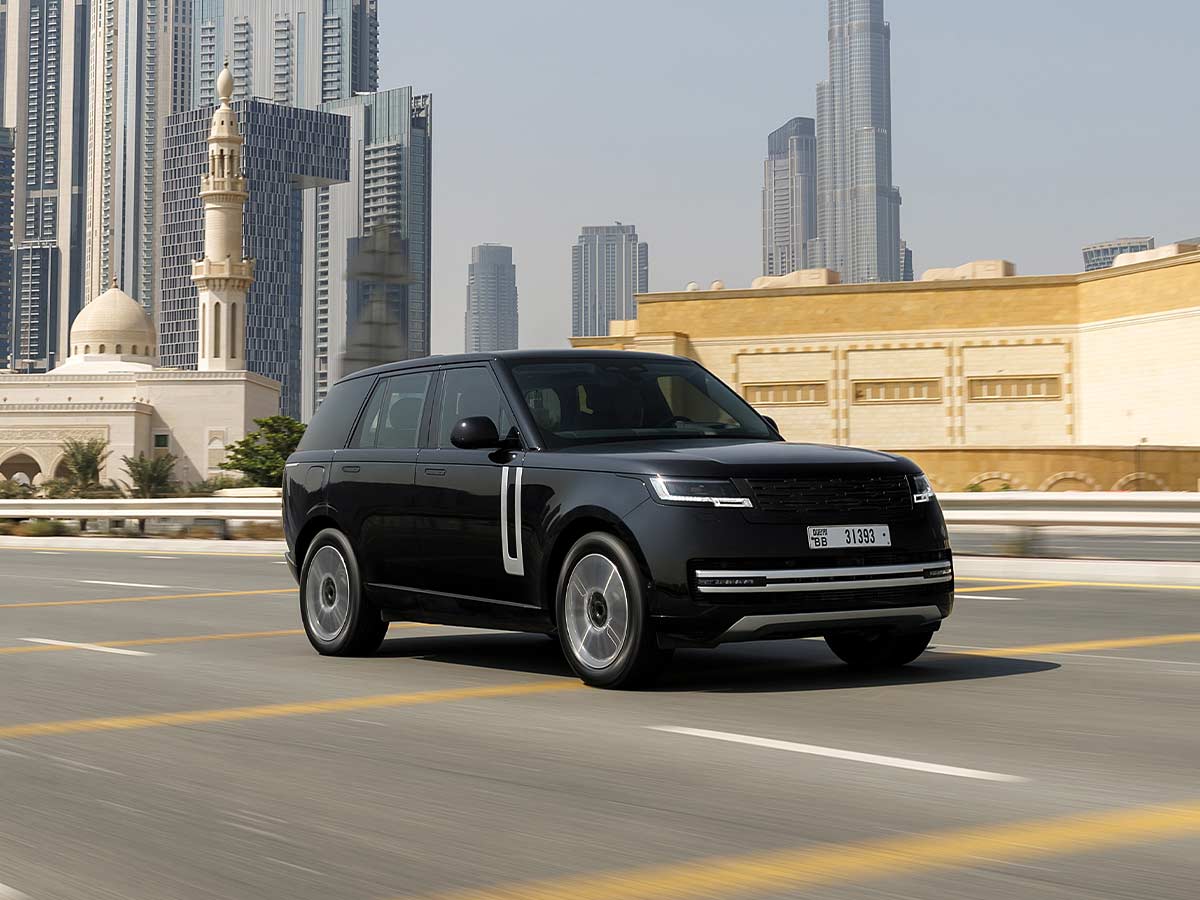
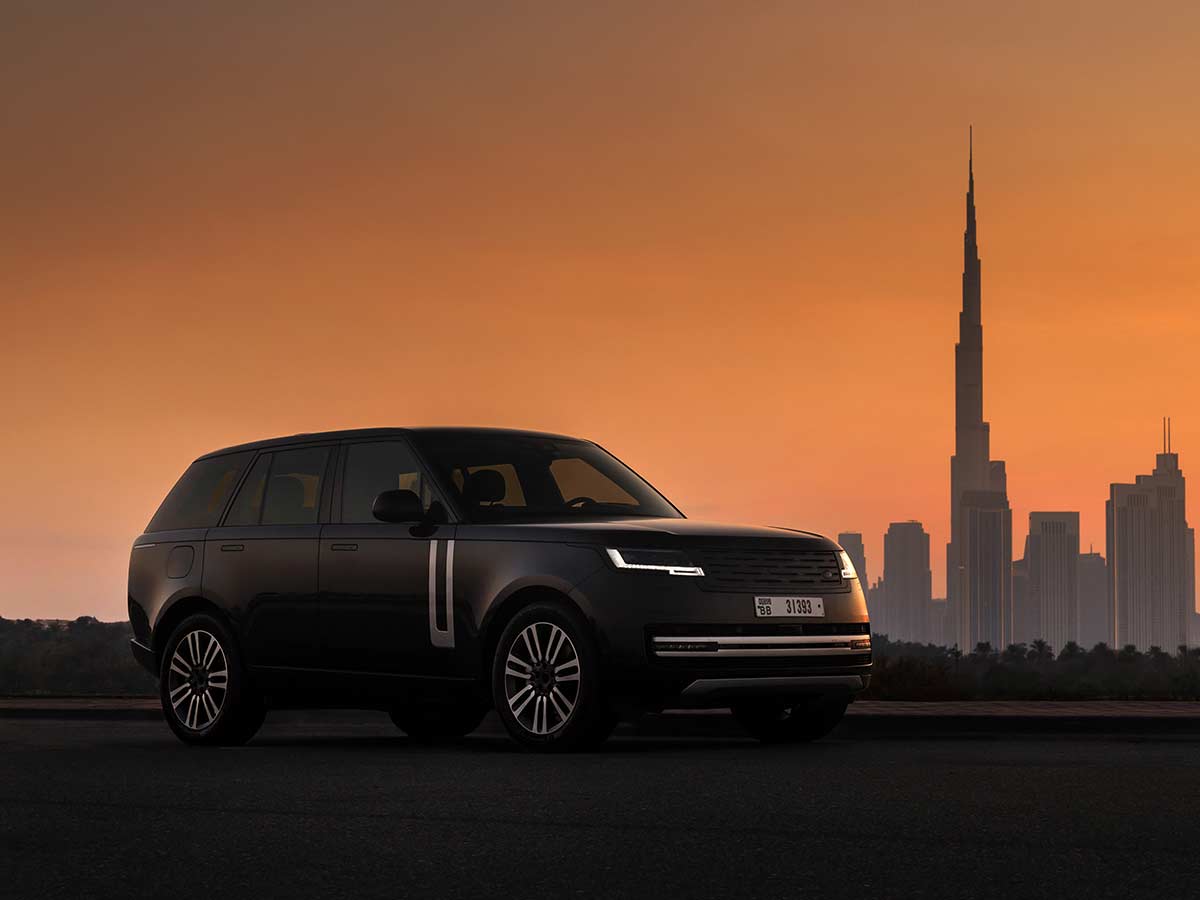
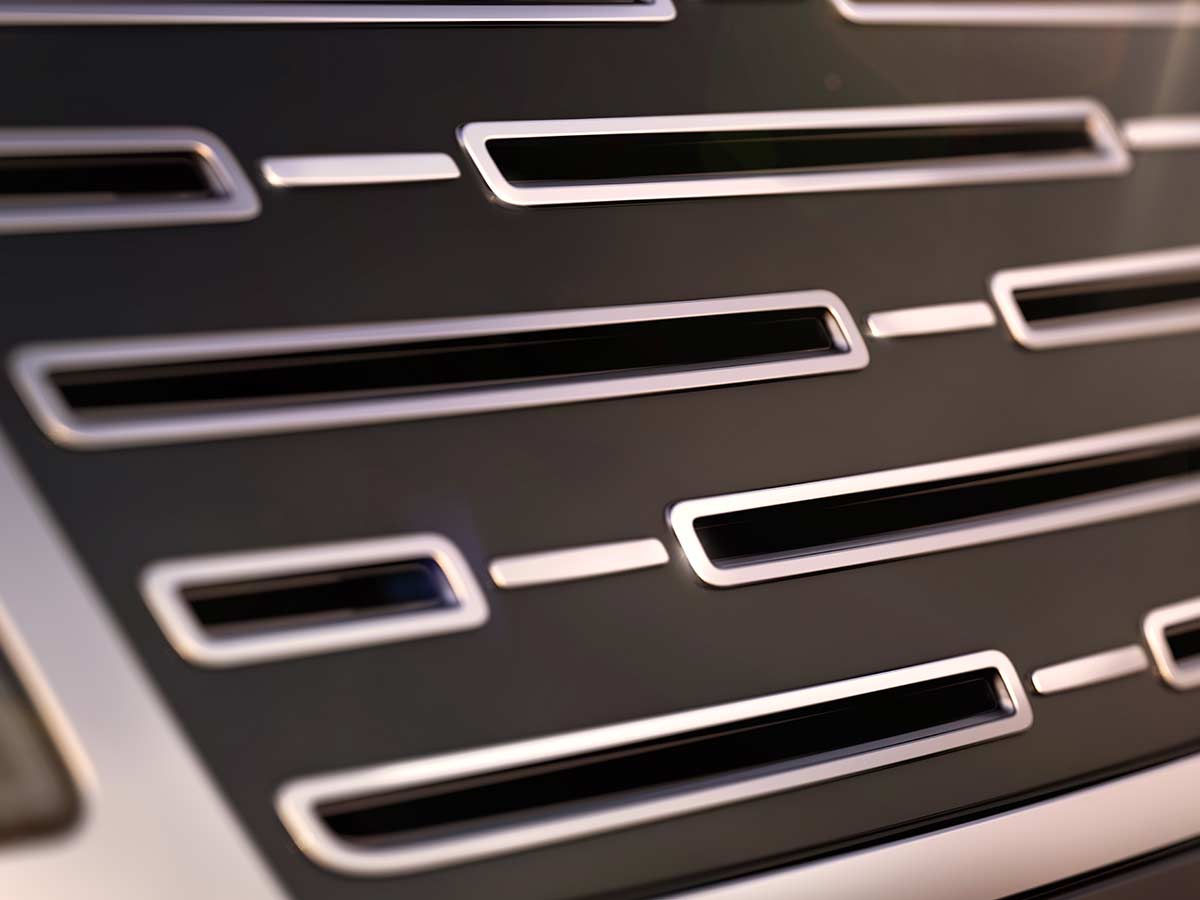

FAQs – Range Rover Electric
Q. What is the range of the Range Rover Electric?
A: The estimated real-world driving range will be about 300 miles on a full charge, thanks to its large 117 kWh battery and efficient 800V system.
Q. Will it be as capable off-road as petrol Range Rovers?
A: Absolutely. JLR is engineering it to be the most capable electric off-roader on the market, with a targeted wading depth of 850mm and an advanced electric torque-vectoring system for superior traction.
Q. How fast can the Range Rover Electric charge?
A: Thanks to its 800V architecture, it will be one of the fastest-charging EVs available. On a 350kW DC public charger, expect to gain significant range (e.g., 10-80%) in under 30 minutes.
Q. Will it have seven seats?
A: Yes. The long-wheelbase version will offer an optional third row, making it one of the few luxury electric SUVs with seven-seat capacity.
Q. Is this replacing the petrol Range Rover?
A: No. The Range Rover Electric will be sold alongside petrol and hybrid models, giving buyers a choice based on their preferences.
Q. Will there be a Sport Electric or a Velar Electric?
A: Yes. Following the launch of the Range Rover Electric, an all-electric Range Rover Sport is confirmed to be next, also built on the MLA-Flex platform. Electrified versions of the Velar and Evoque are expected to follow on a different, EV-native platform called EMA.
Q: Is this the same as the Range Rover Sport EV?
No. This is the full-size flagship Range Rover Electric, distinct from the Range Rover Sport.
Q: What is the confirmed battery size and setup?
It has an 800V, 117 kWh battery with 344 prismatic cells in a cell-to-pack design, fully encased for protection. Built entirely in-house by JLR.
Q: How will it handle extreme cold?
Testing in Sweden’s Arctic covered about 45,000 miles in temperatures down to -40°C. The ThermAssist system reduces heating energy use by up to 40% while maintaining charging performance and cabin warmth at temps as low as -10°C.
Q: How will it perform in extreme heat?
Desert testing in the UAE at 50°C and up to 90% humidity proved that the EV could repeatedly climb steep dunes like Big Red five times in succession without performance fade, even when cooling both the cabin and the battery under heavy load.
Q: What’s special about its traction control?
Wheel slip control is handled within each electric drive unit, cutting reaction times from ~100 ms to as little as 1 ms. This improves traction on ice, sand, and other low-grip surfaces.
Q: Does it have off-road-specific EV features?
Yes — Single-Pedal Terrain Response allows the vehicle to stop, hold, and set off again without brake input, validated on 28° and 17° split-mu inclines.
